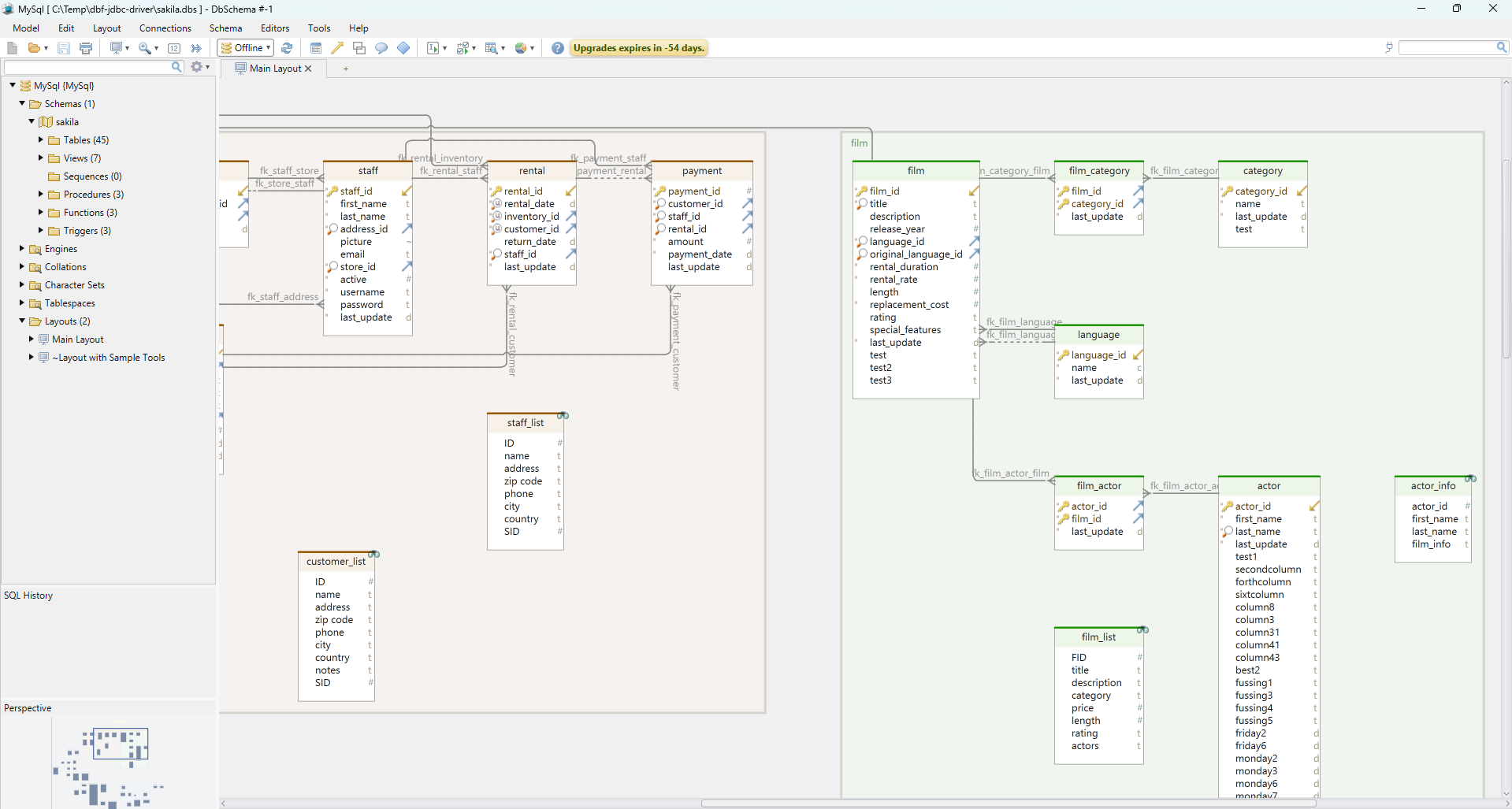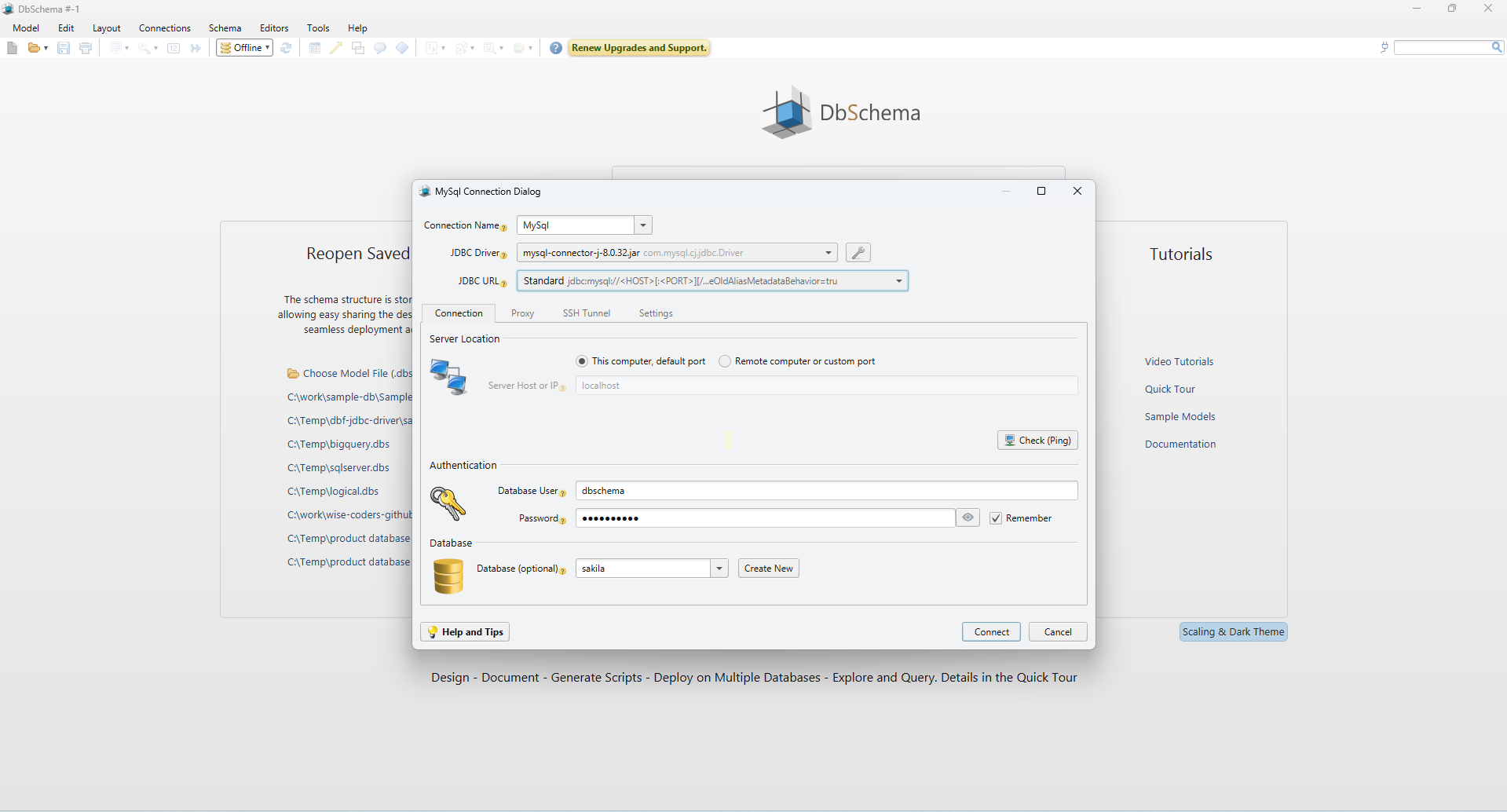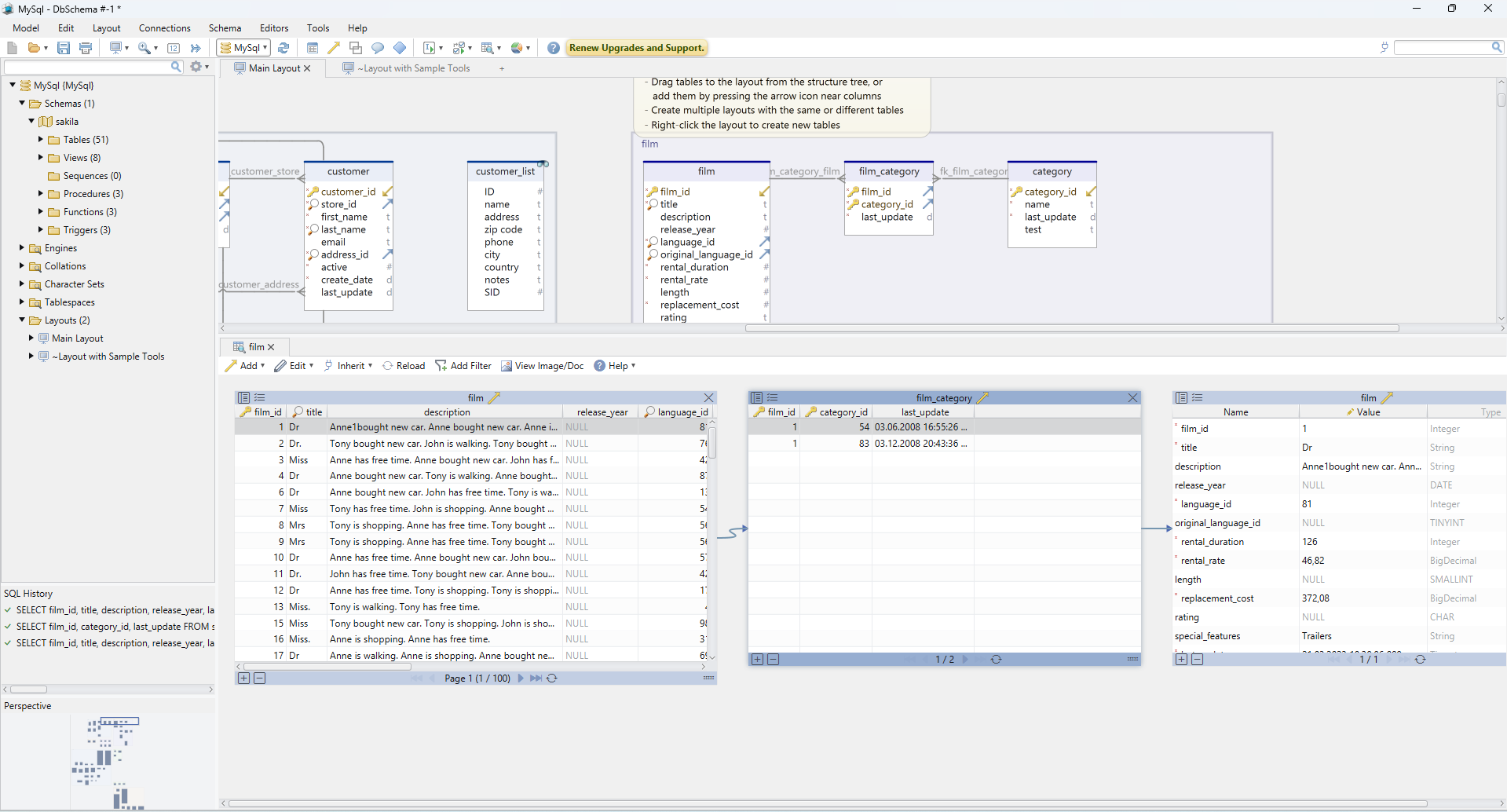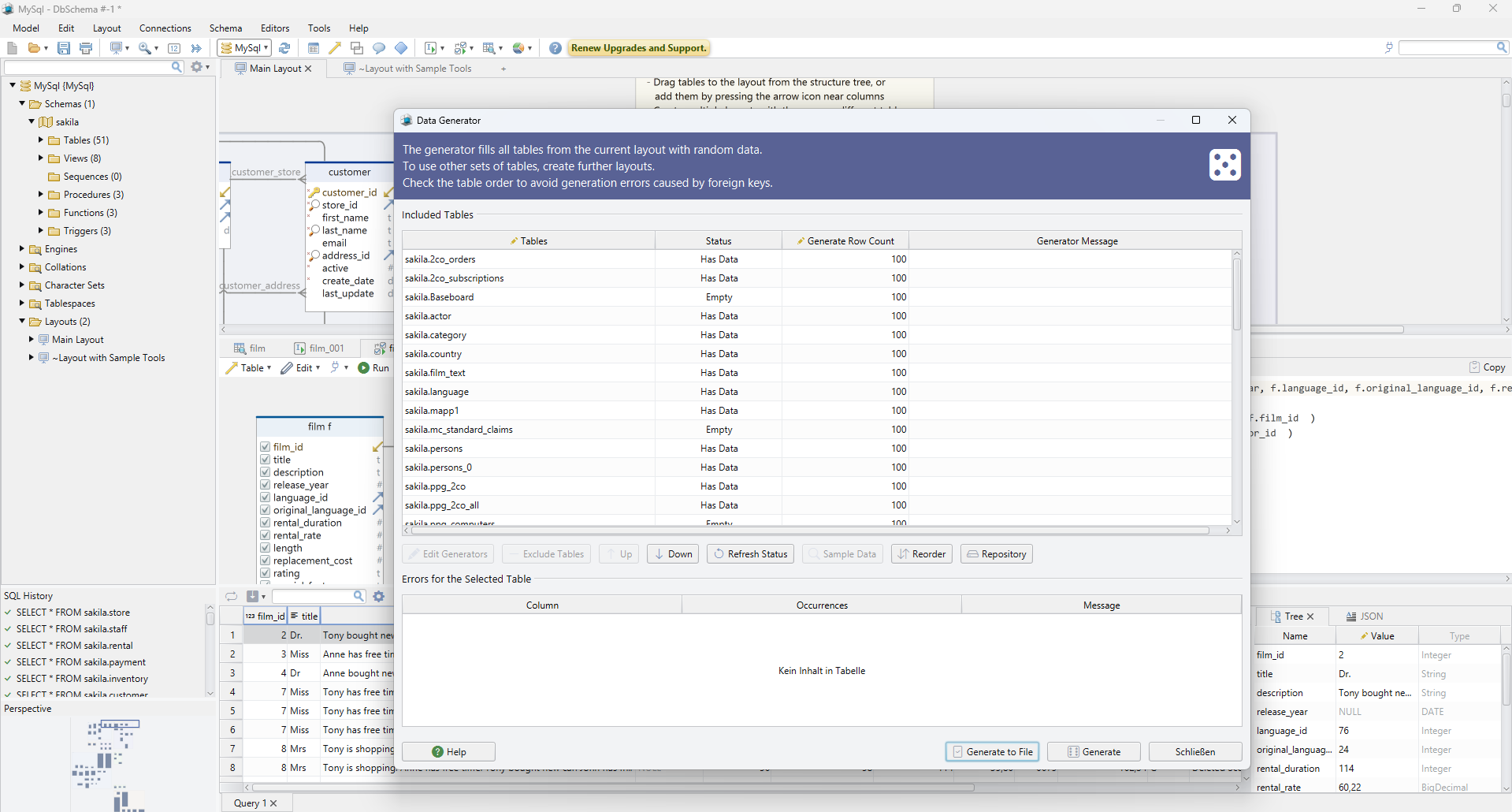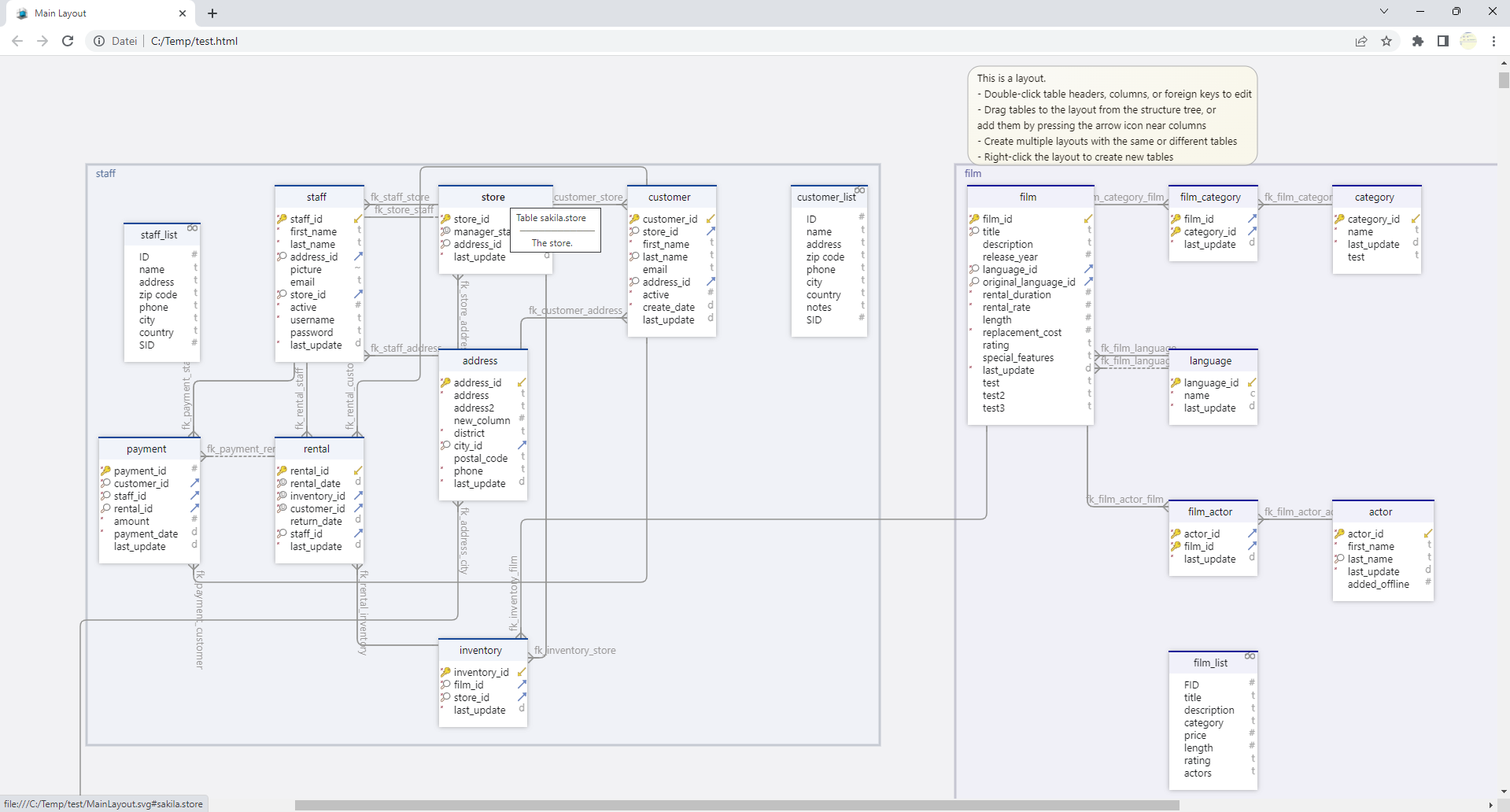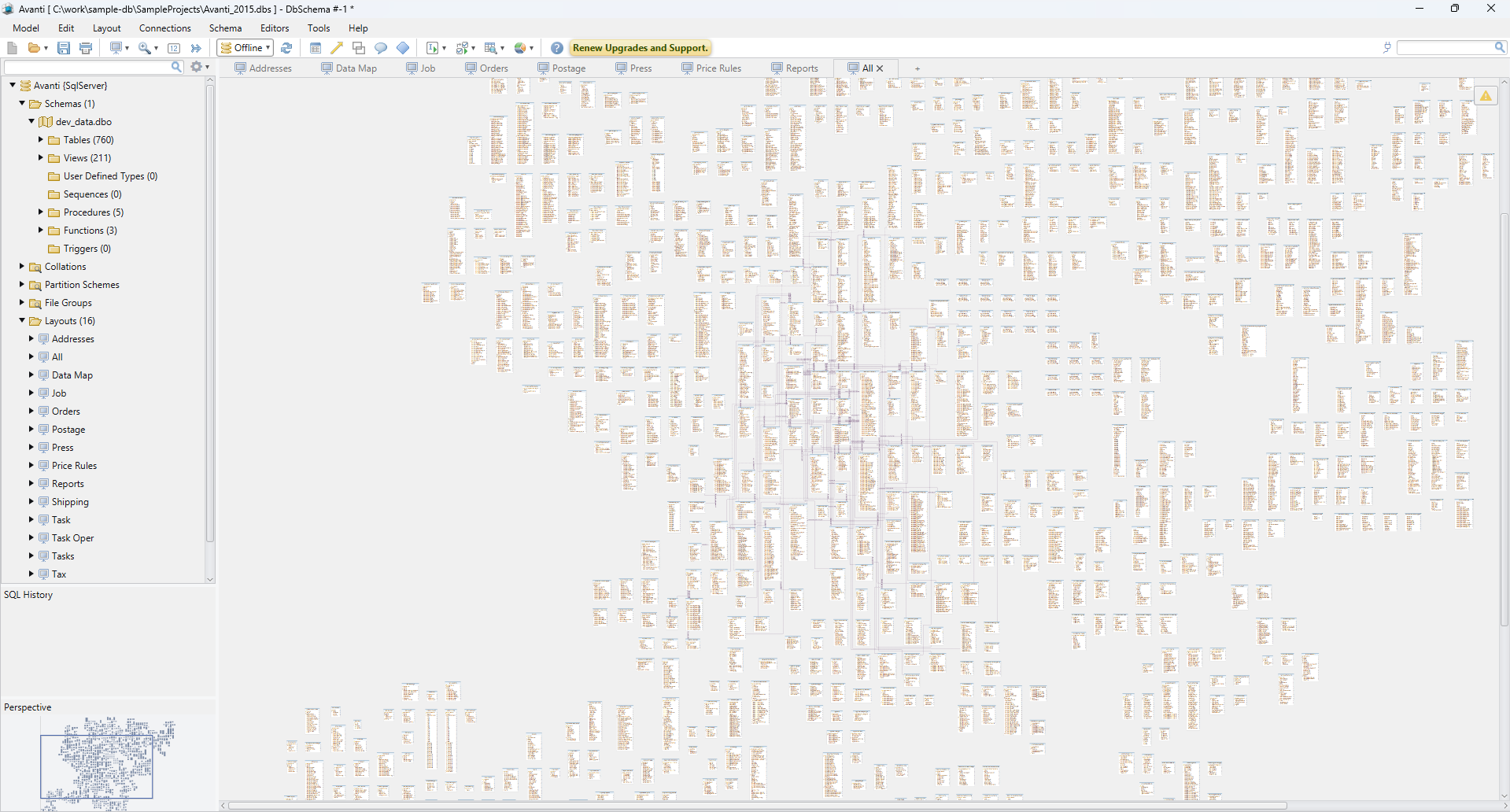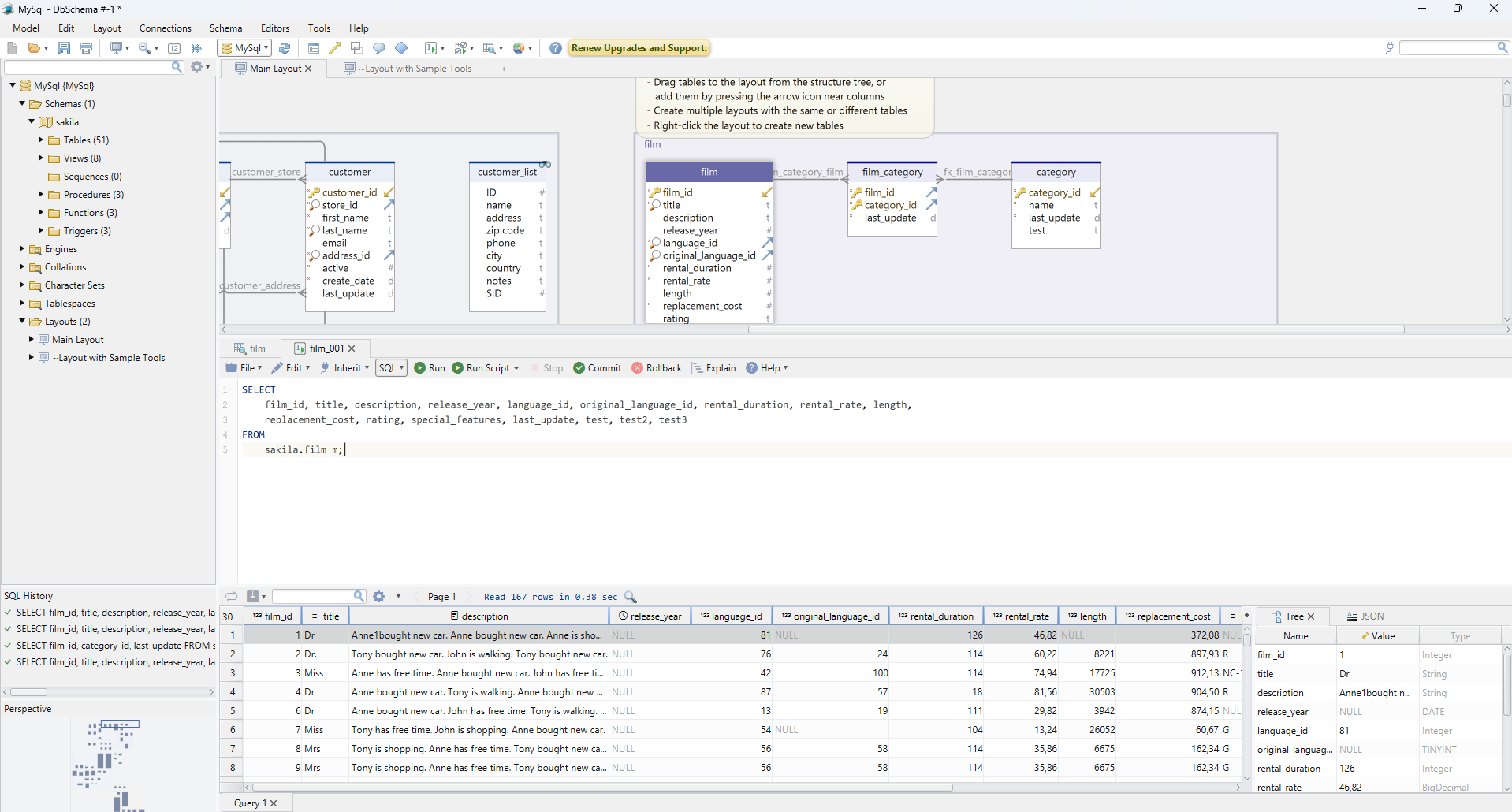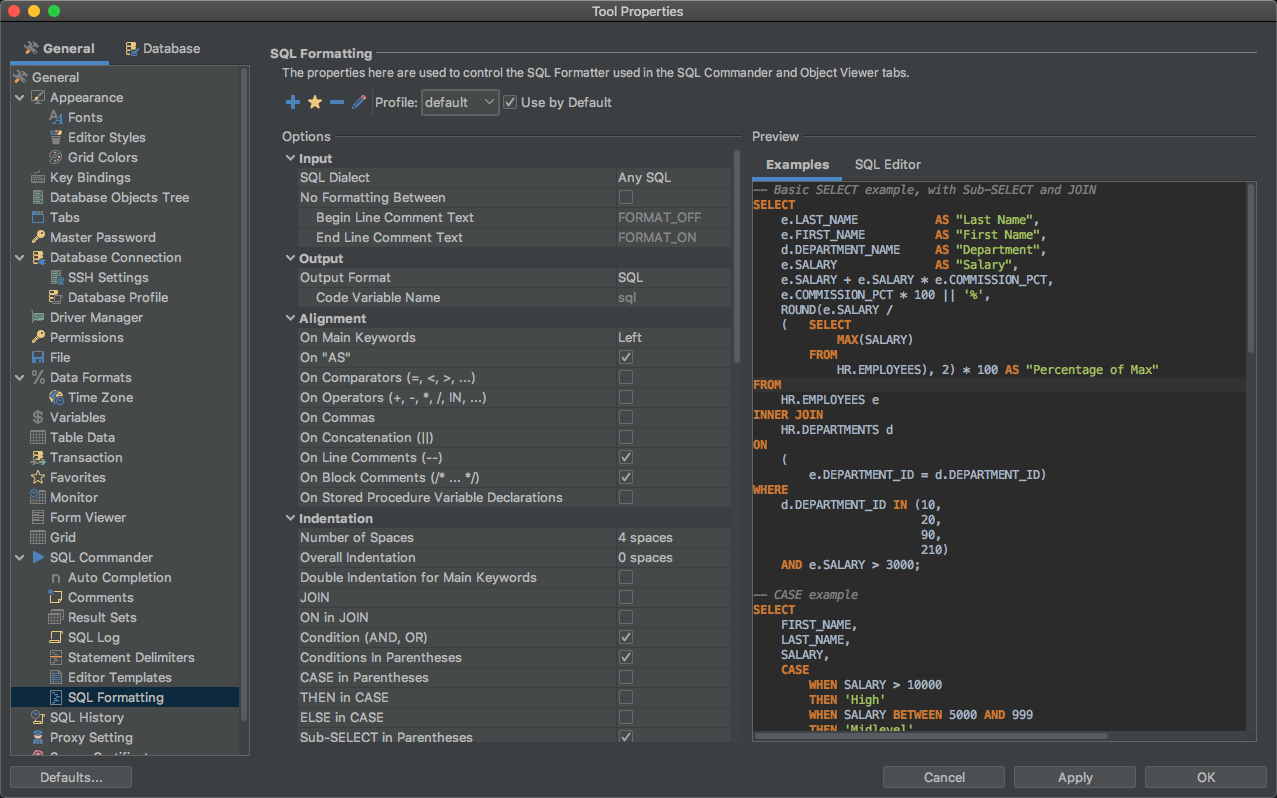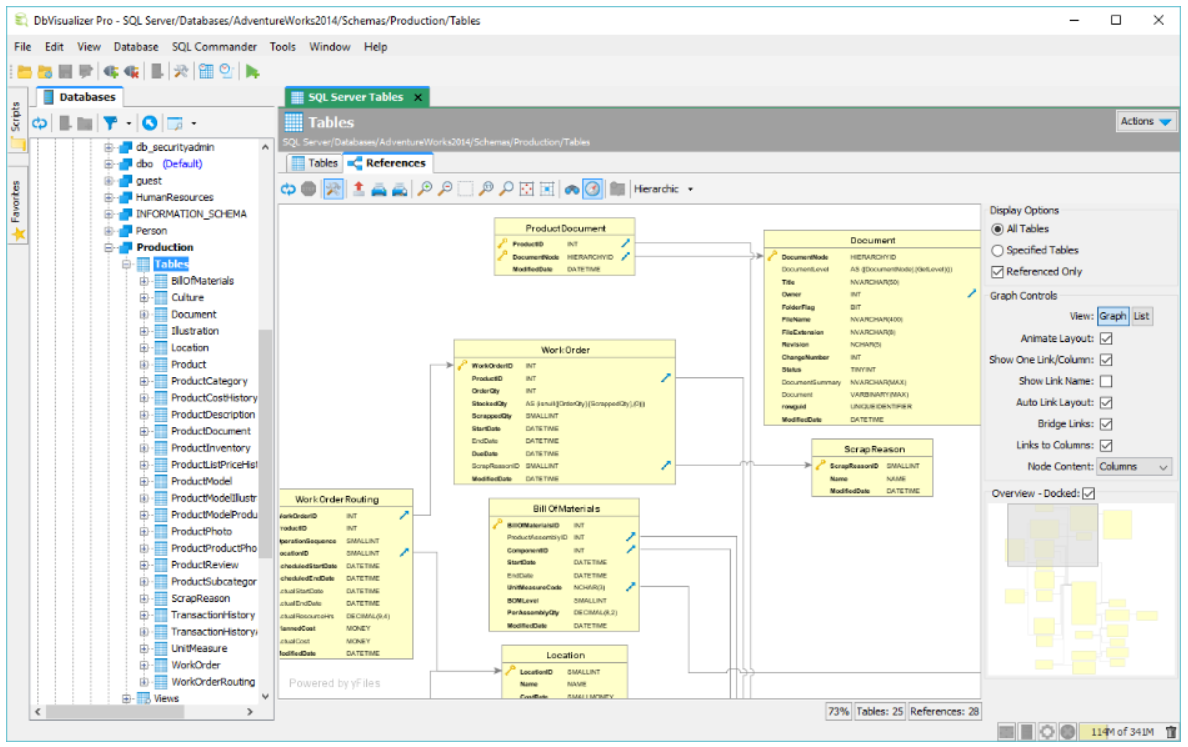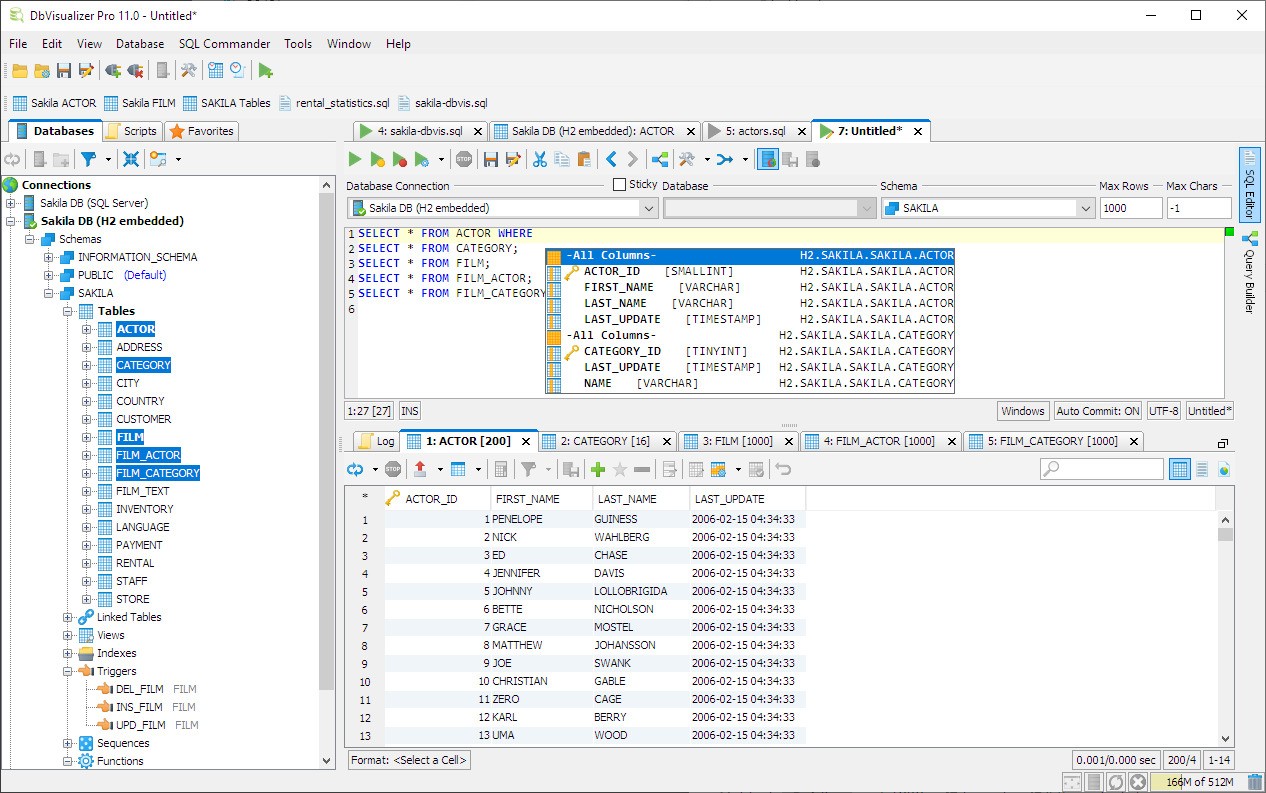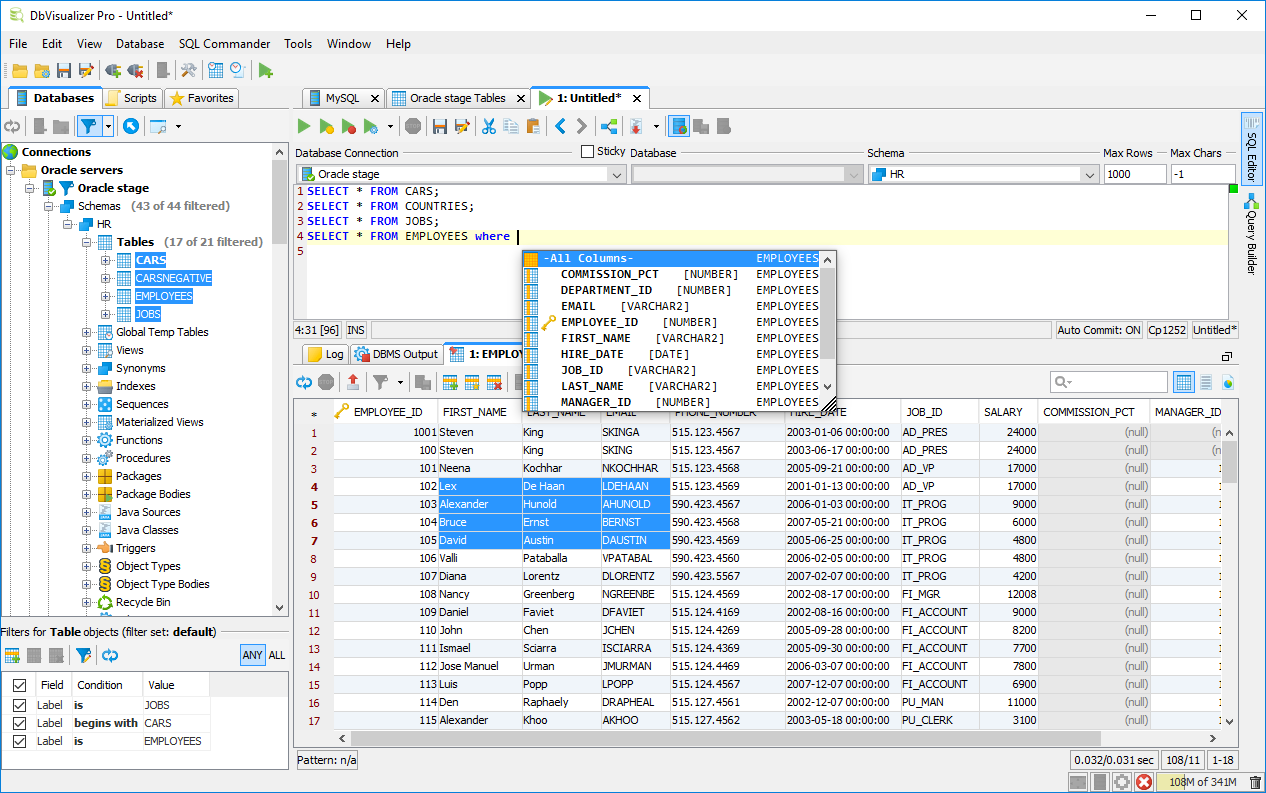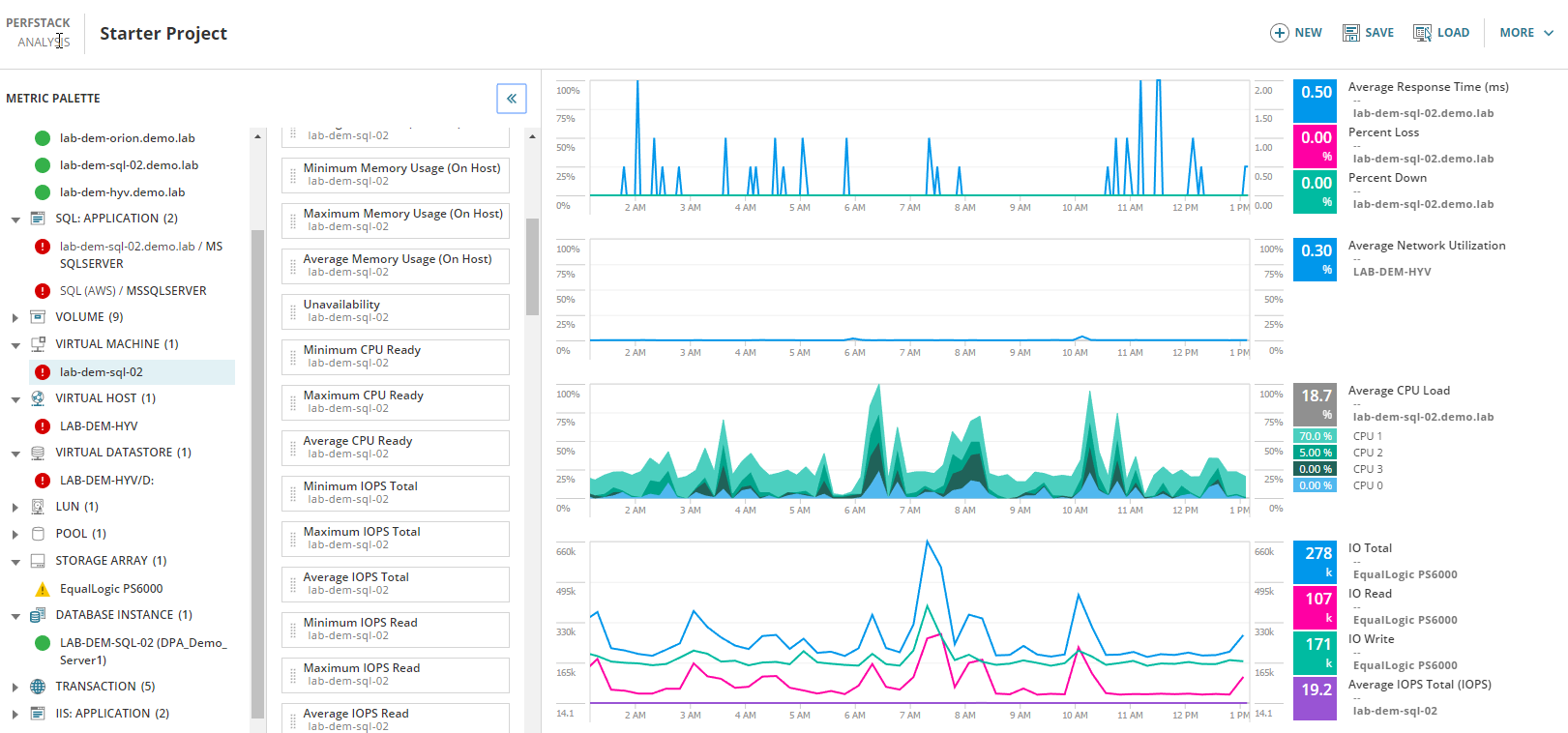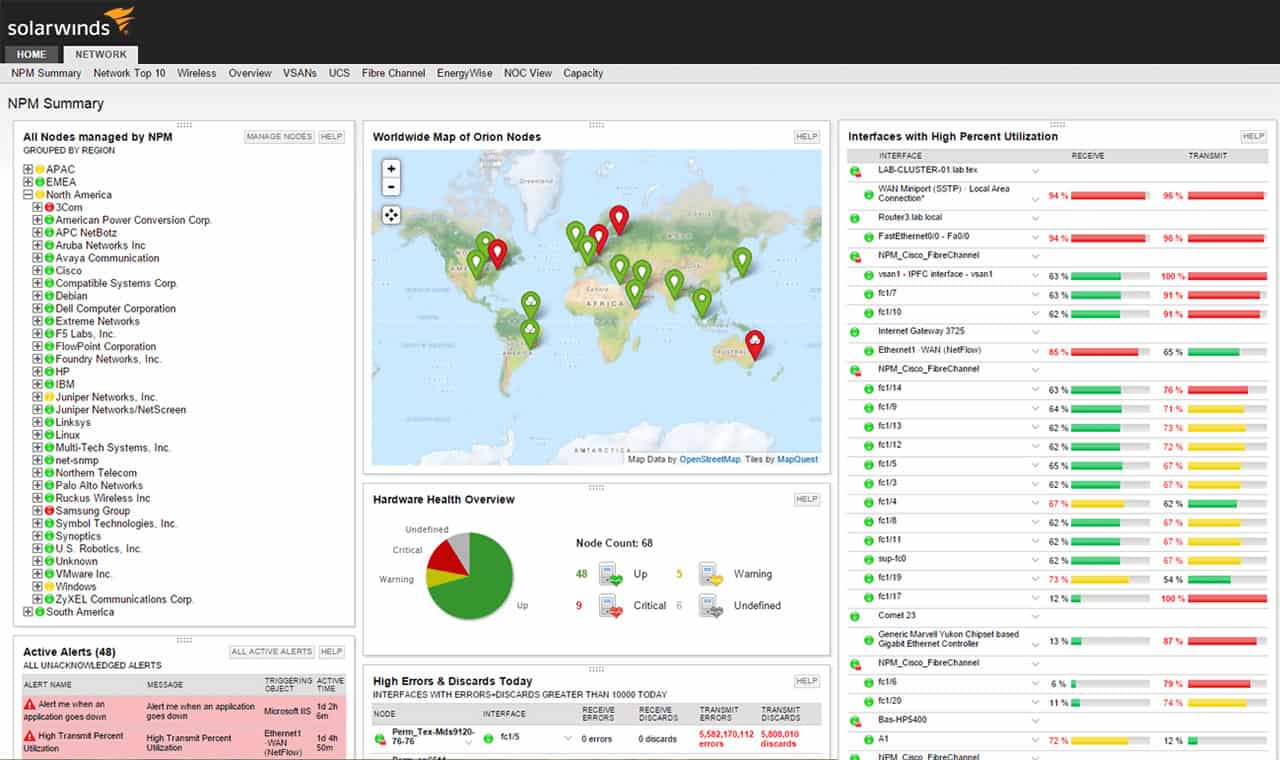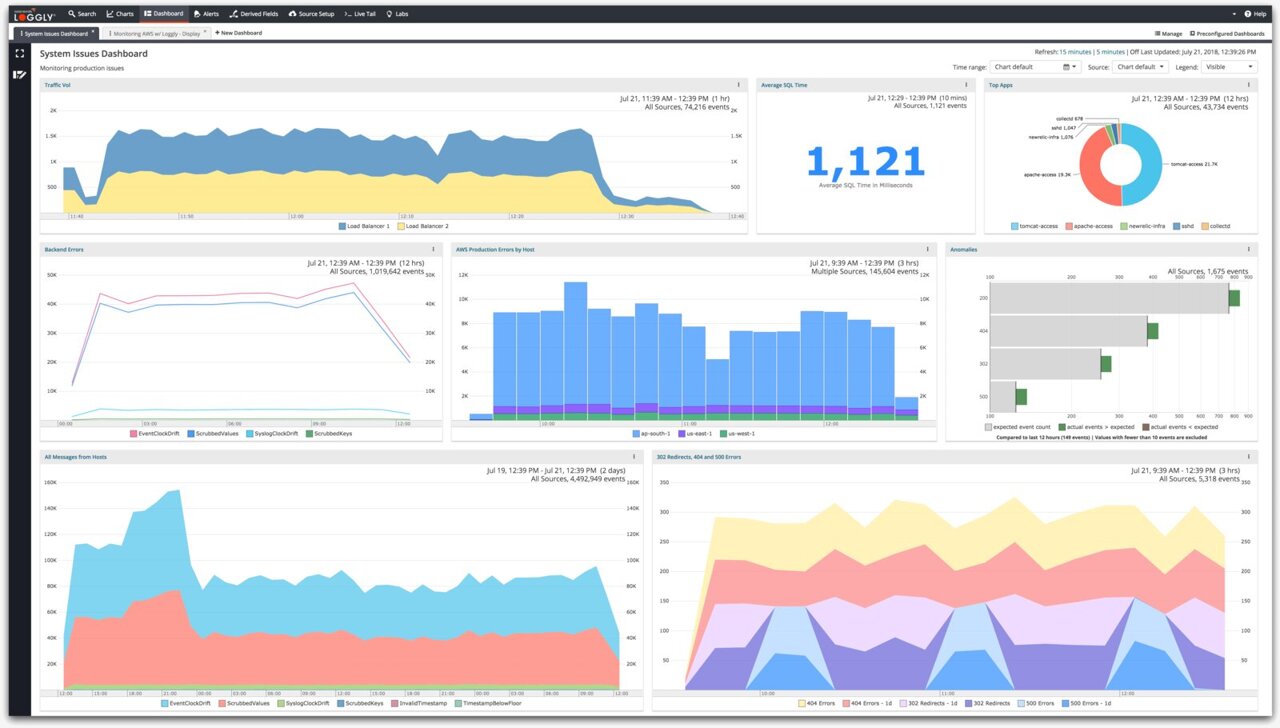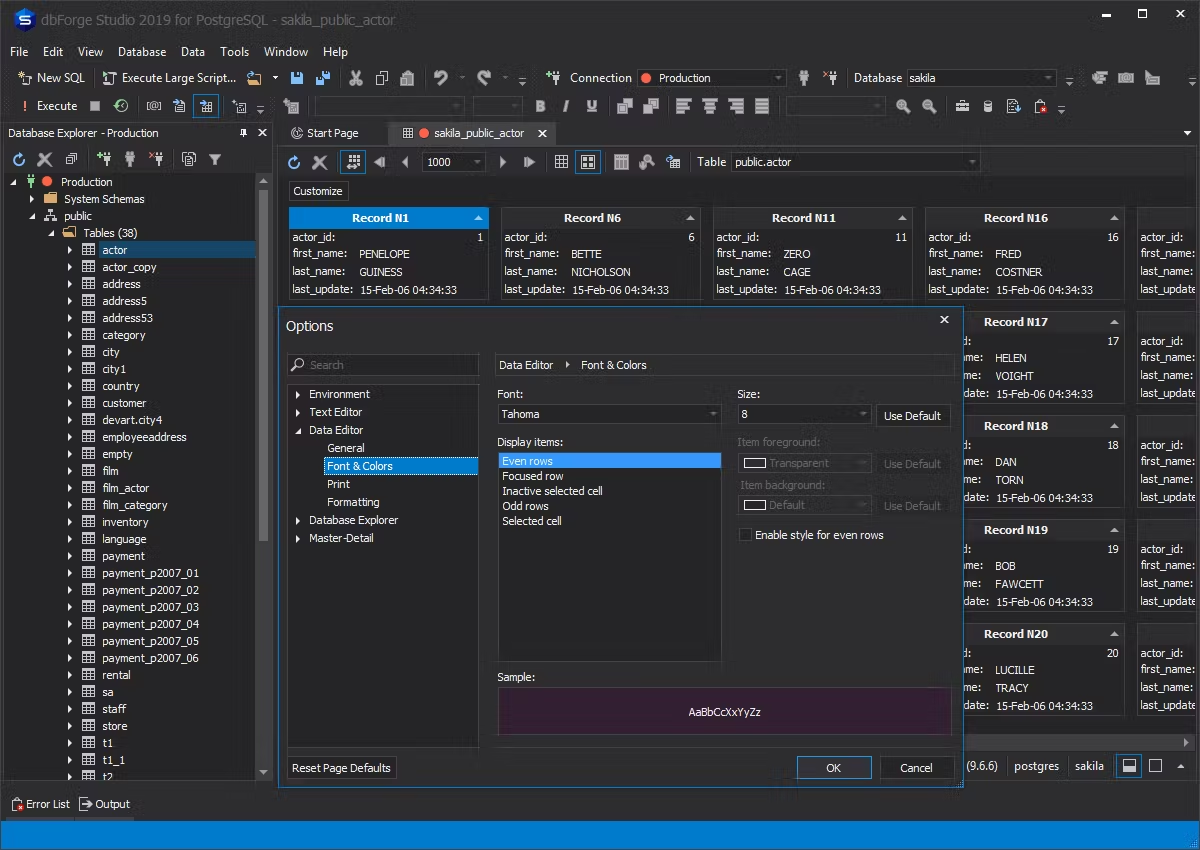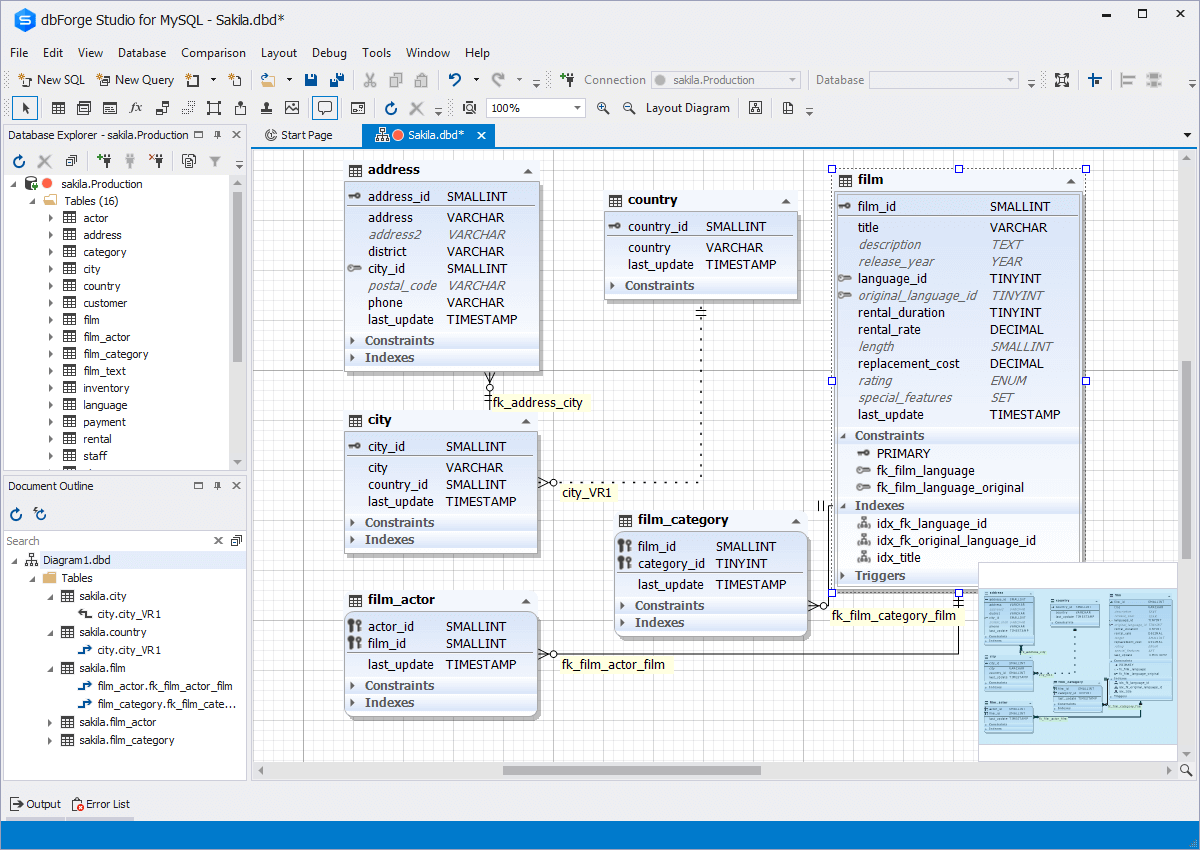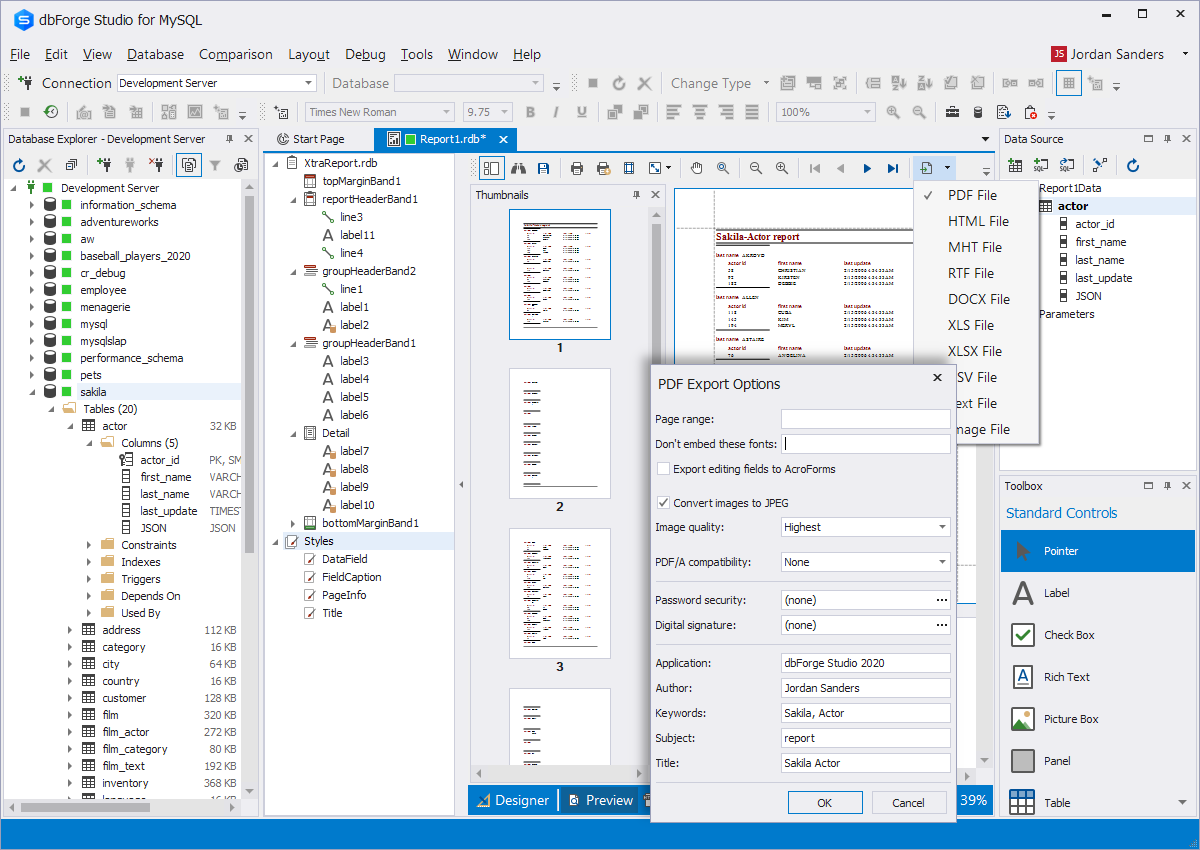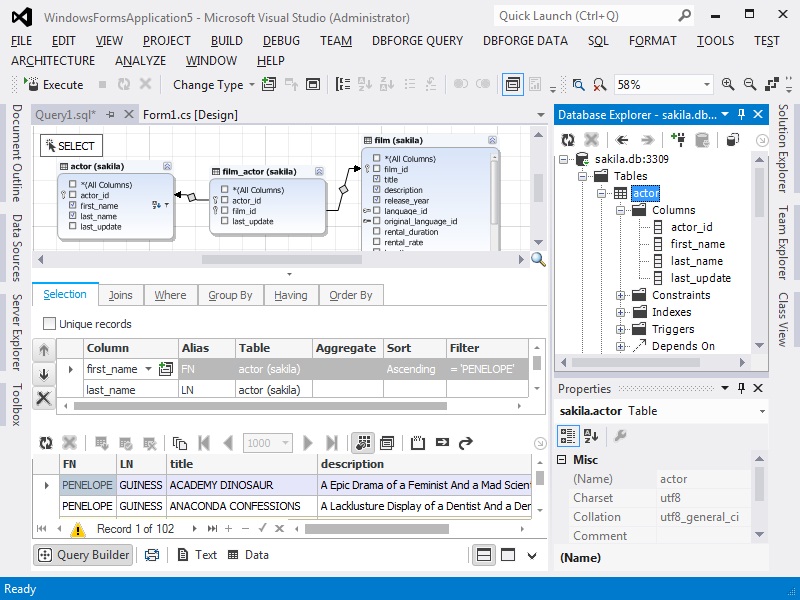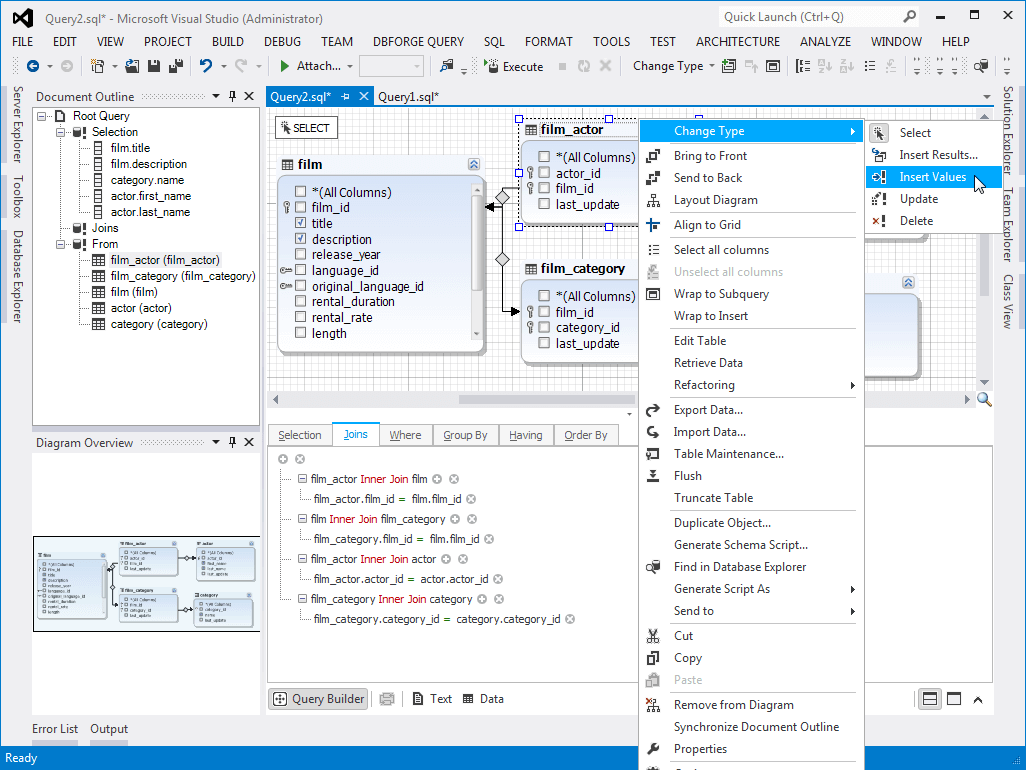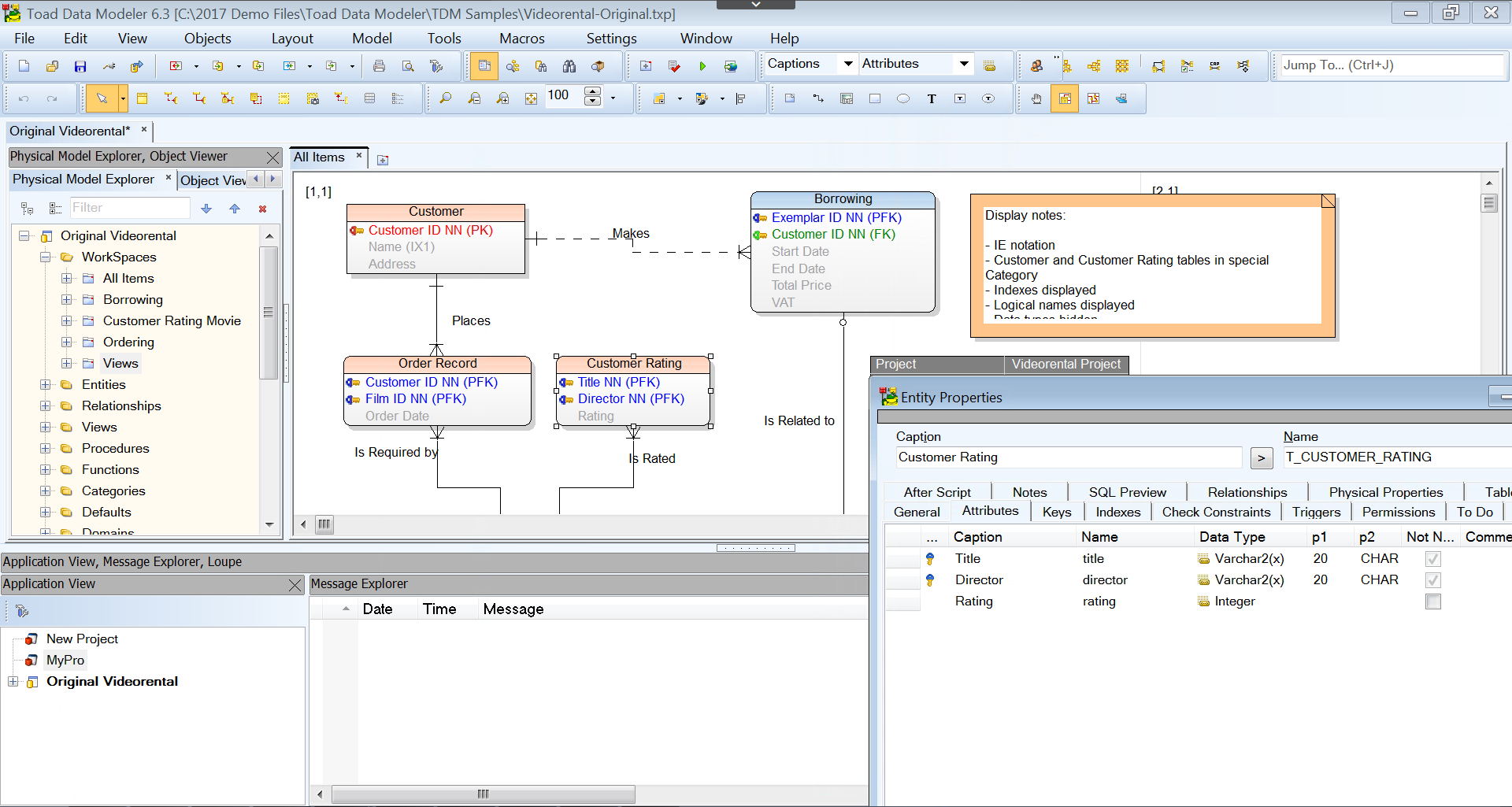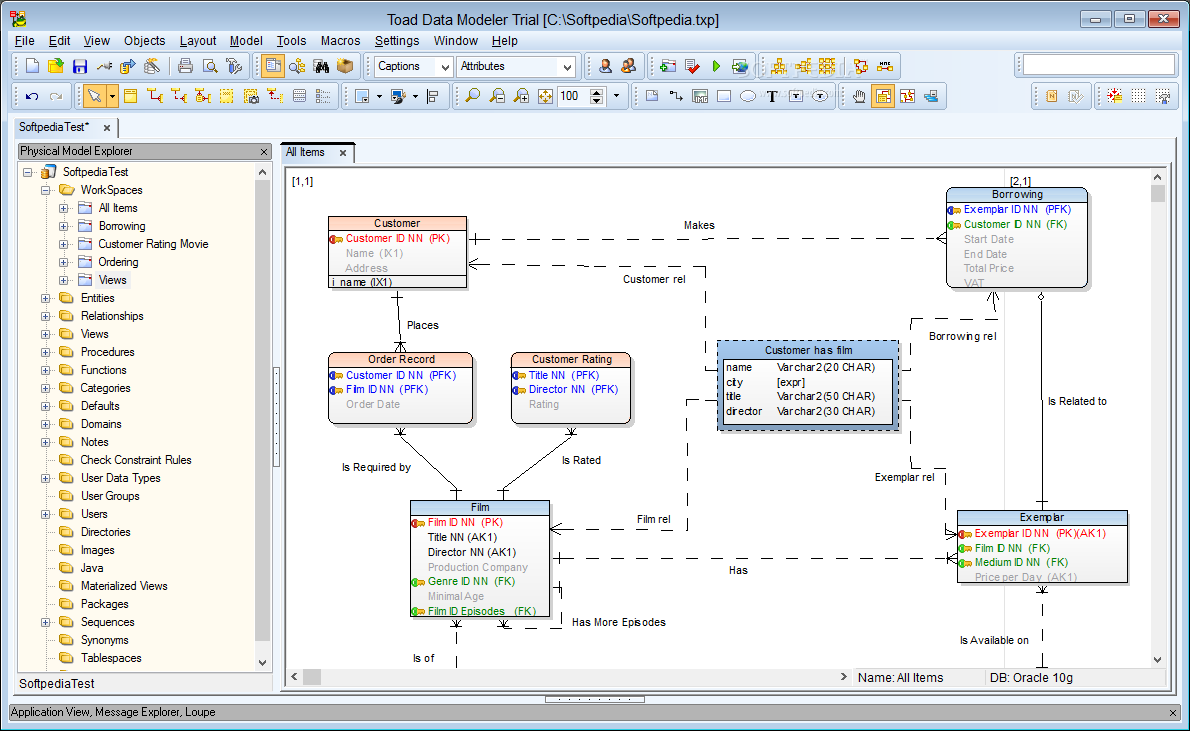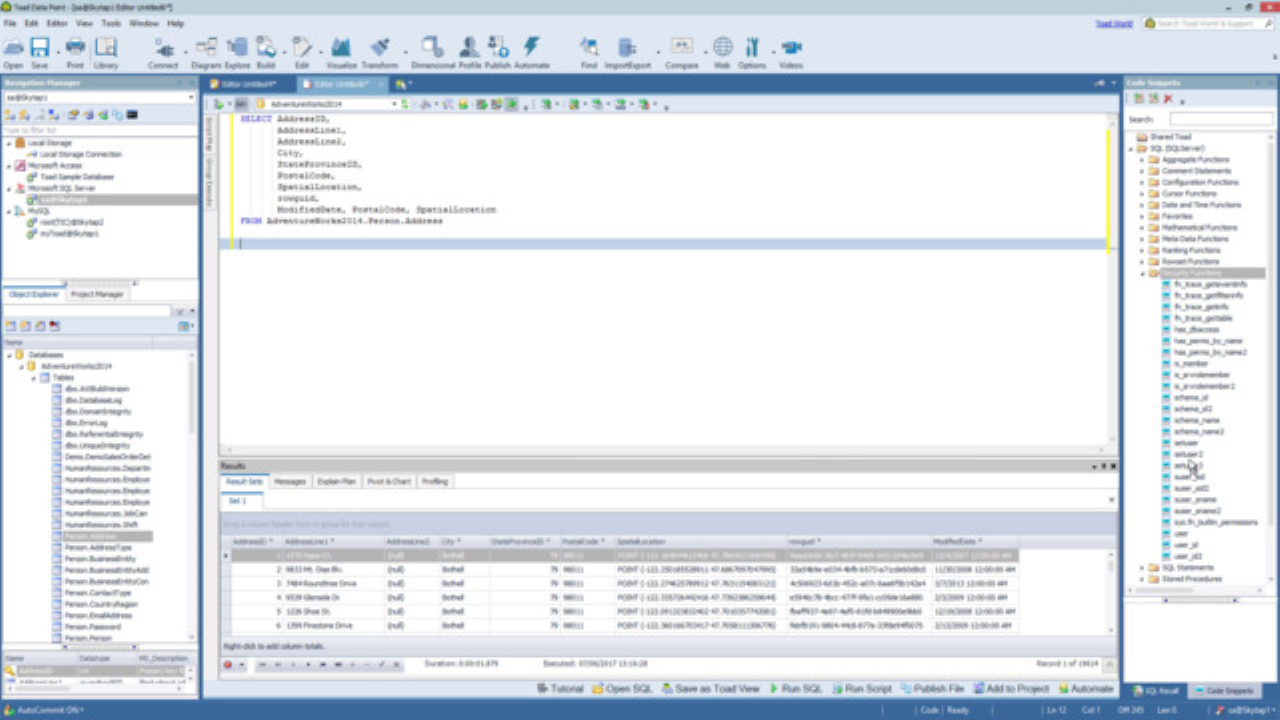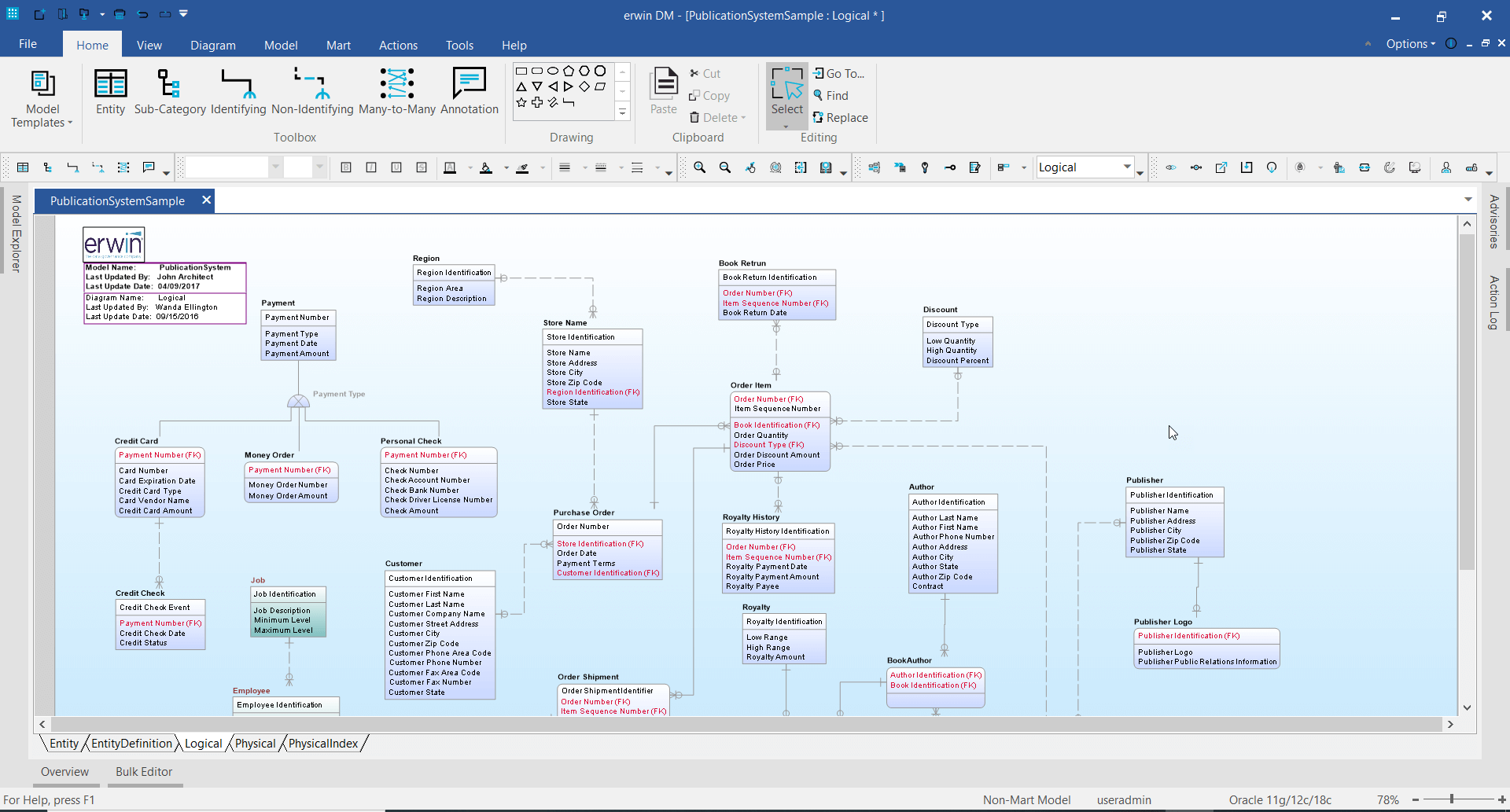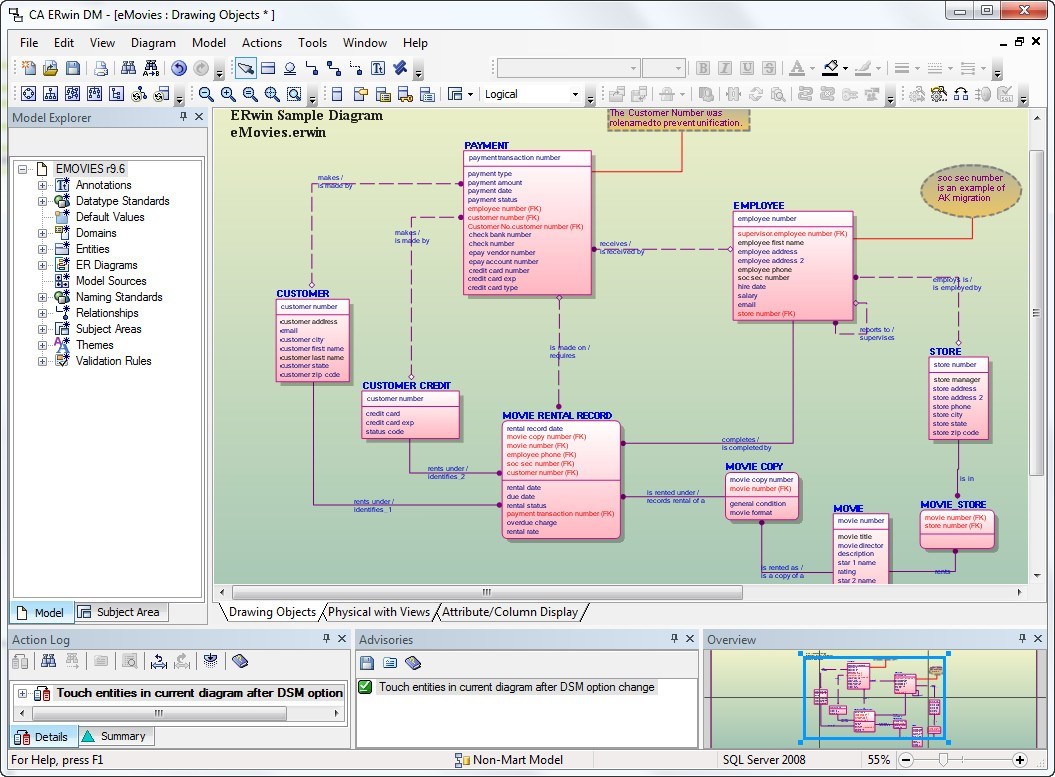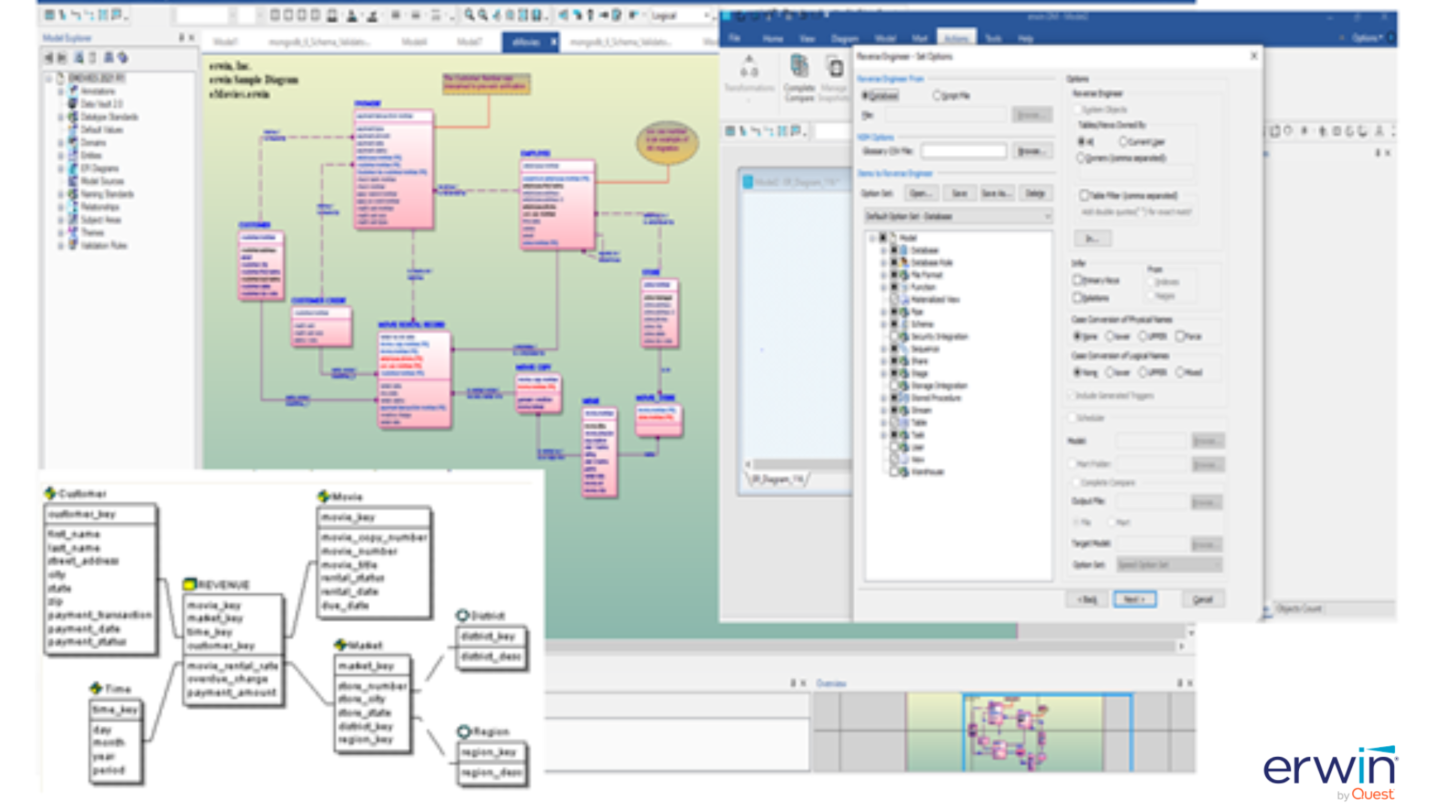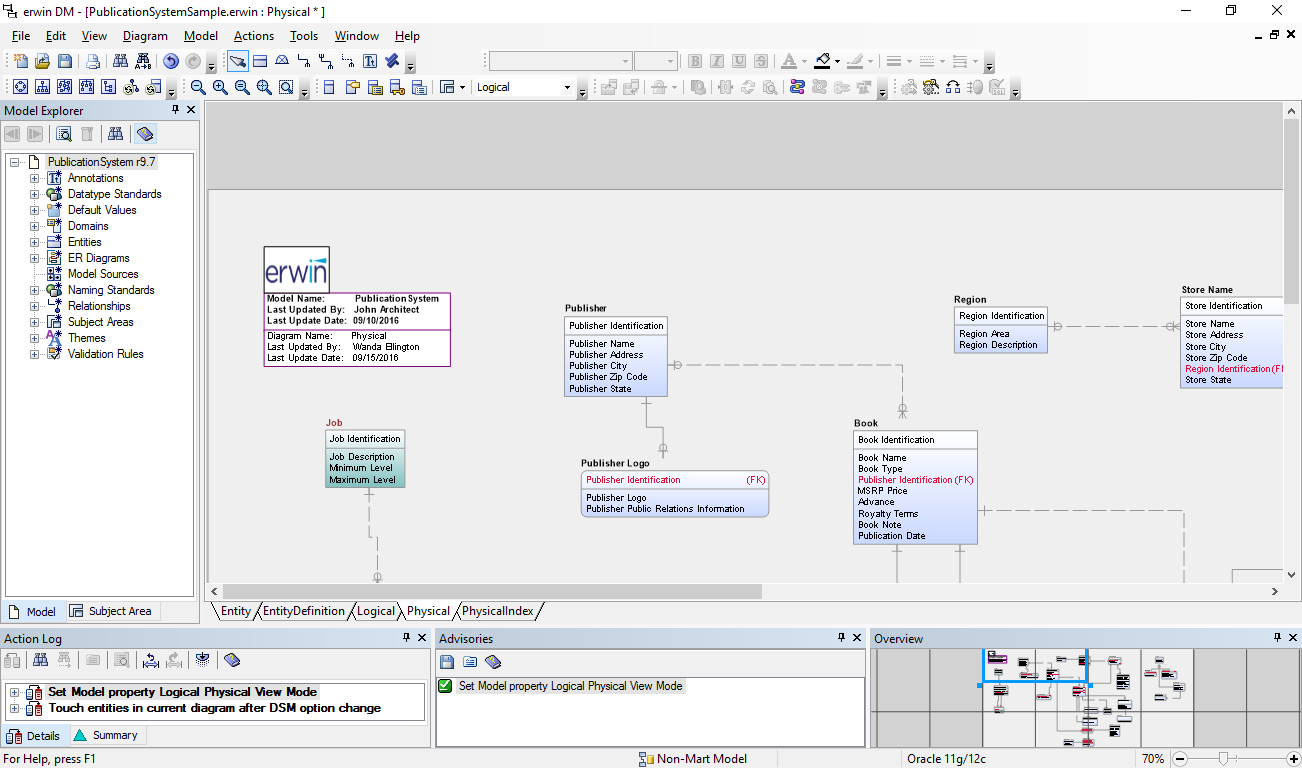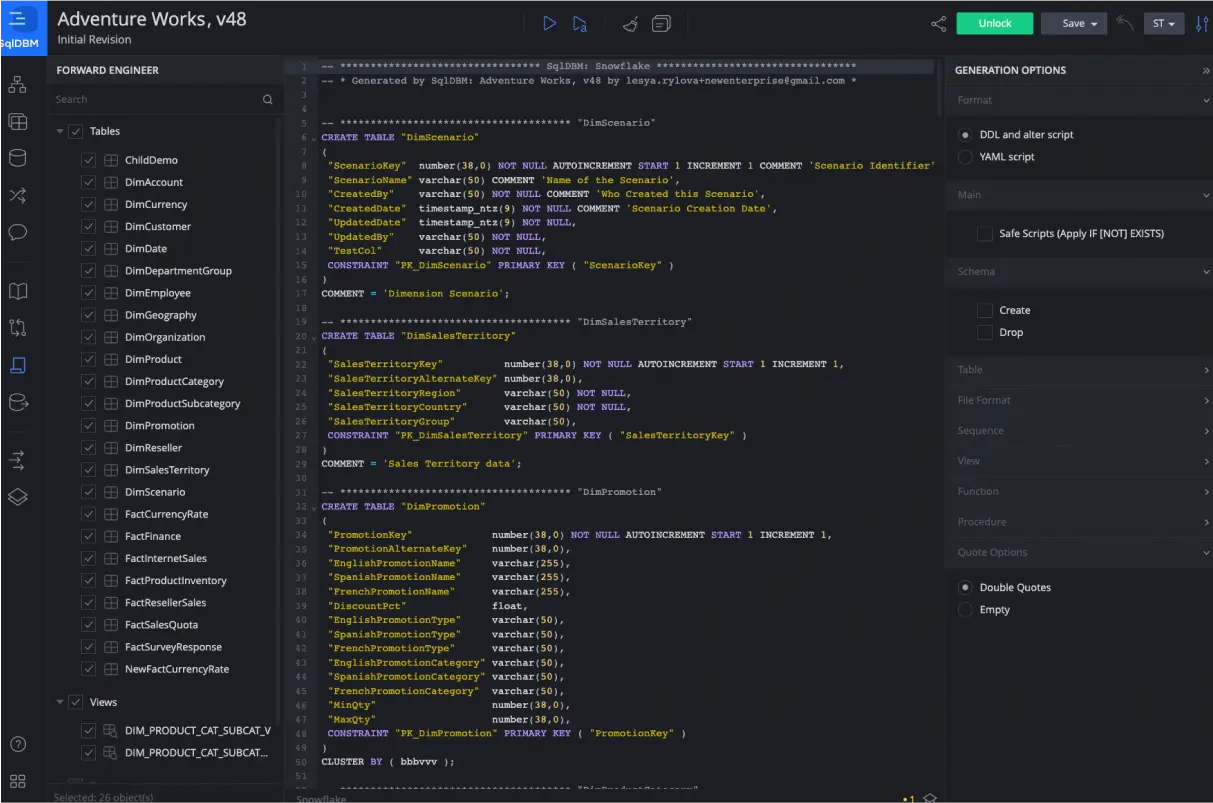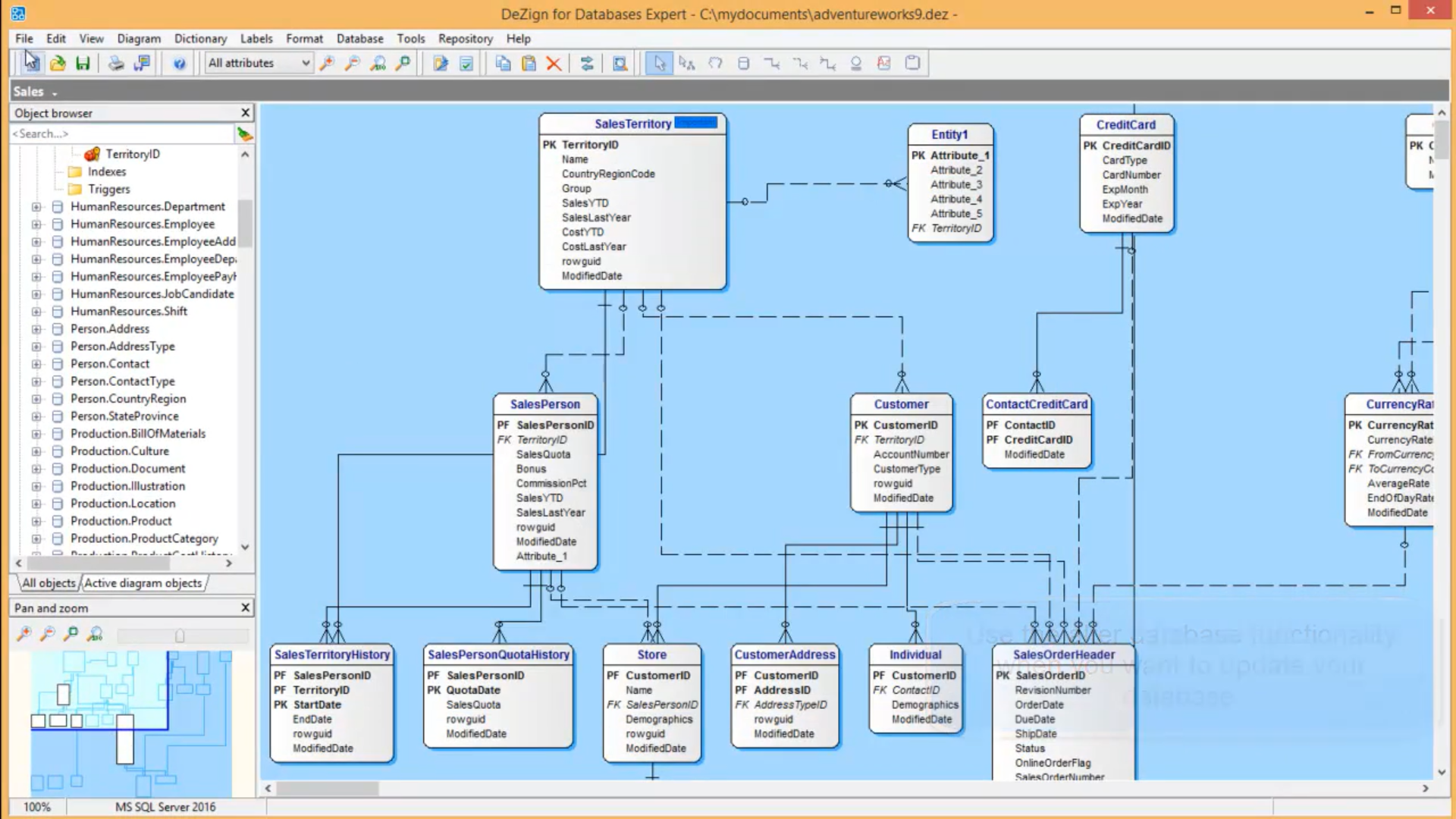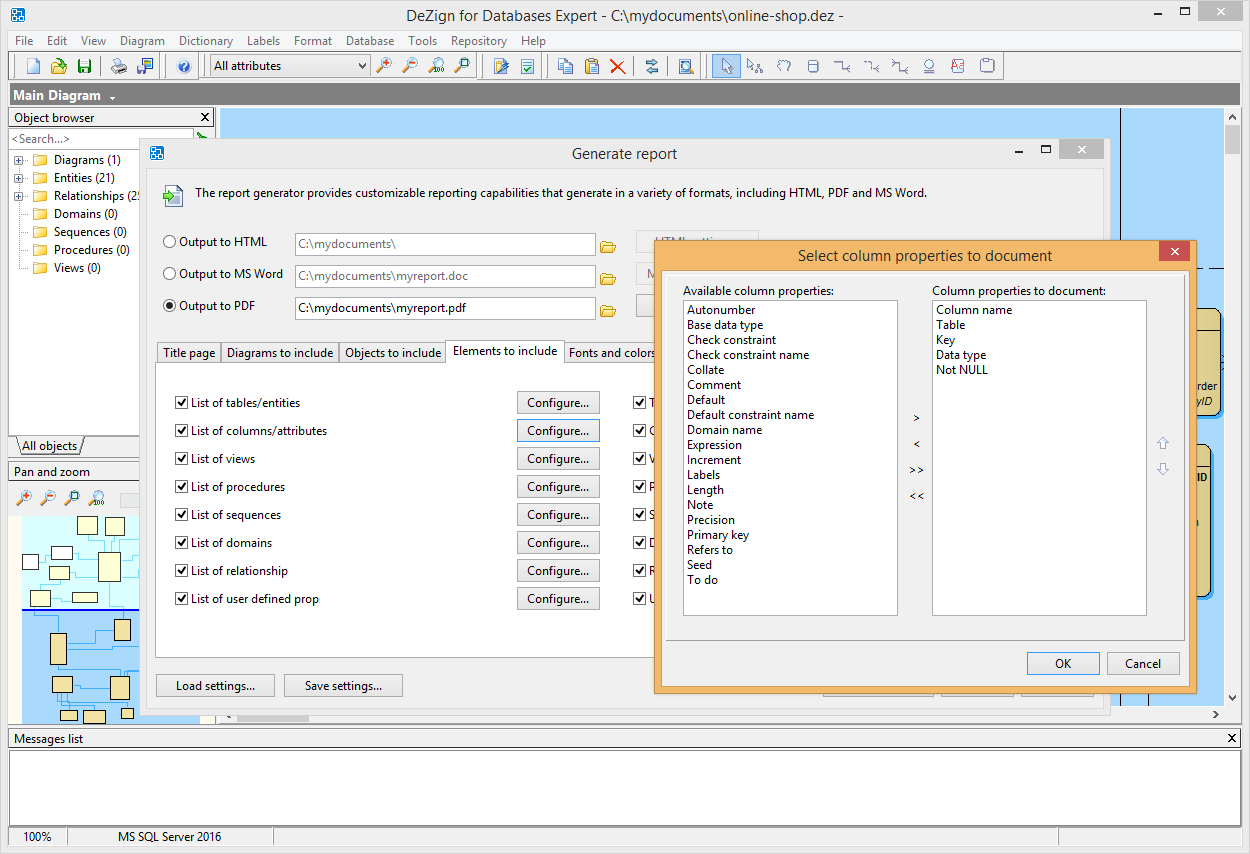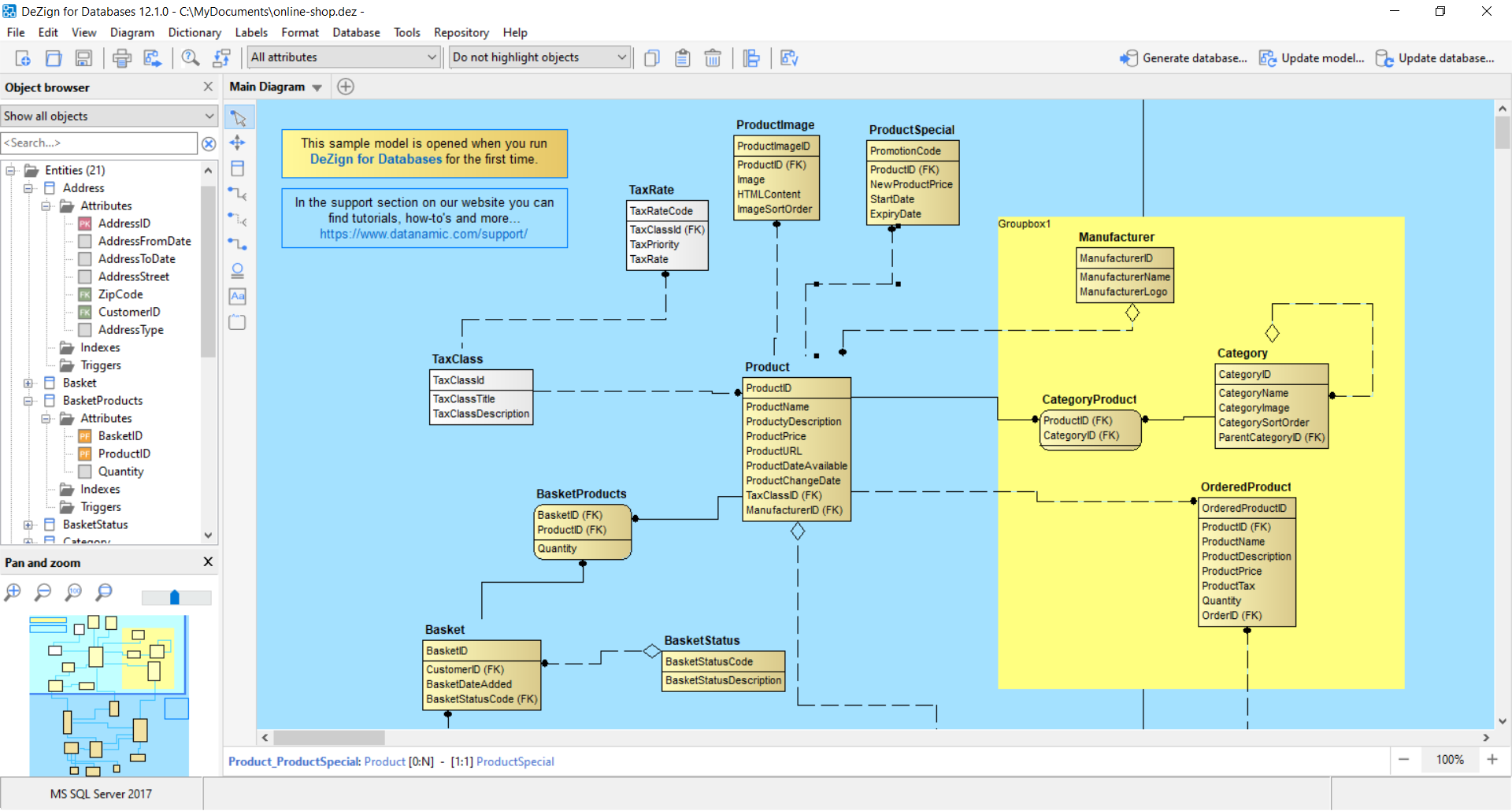What is a SqlServer Database IDE and Query Editor?
A database IDE (Integrated Development Environment) and query editor are software tools that provide an integrated environment for developers, database administrators, and data analysts to interact with databases efficiently. Here's an overview of what they typically offer
General Requirements
Database IDEs and query editors allow users to establish connections to different database systems such as MySQL, Oracle, SQL Server, PostgreSQL, and more. They provide the necessary drivers and connection management features to connect to databases.
These tools offer a powerful SQL editor where users can write and execute SQL queries. The SQL editor provides syntax highlighting, code completion, and formatting to assist users in writing SQL code accurately and efficiently.
Database IDEs and query editors execute SQL queries against the connected database and display the query results in a tabular format. They provide features to filter, sort, and manipulate the query results for analysis and exploration.
IDEs and query editors allow users to browse and manage database objects such as tables, views, indexes, stored procedures, and functions. Users can view object properties, modify object definitions, and perform common database management tasks.
Some IDEs and query editors offer visual query builders that enable users to construct SQL queries graphically, without writing manual SQL code. These builders typically provide a drag-and-drop interface to select tables, specify joins, and apply filters.
These tools often provide visual representations of database schemas, including tables, relationships, and constraints. This helps users understand the database structure and navigate through the schema easily.
Many database IDEs and query editors include administration features for managing database users, security settings, and system configurations. They offer functionalities for database backup and restore, user management, and performance monitoring.
IDEs and query editors often provide a library of code snippets and templates to expedite common tasks. These snippets can include frequently used SQL statements, database-specific functions, or common programming constructs.
Some database IDEs offer collaboration features, allowing multiple users to work on the same database project simultaneously. They may integrate with version control systems to manage code changes and track revisions.
Our Favorite Tools
DbSchema Database Designer
Website: https://dbschema.com
DbSchema is a visual SqlServer database design and management tool. It provides a comprehensive solution for designing, documenting, and interacting with SqlServer databases of various types, including relational SqlServer databases, MongoDB, Cassandra, and more. DbSchema allows users to visually create and edit SqlServer database schemas using interactive diagrams, simplifying the design process. It also offers features such as data exploration, query building, data generation, data import/export, and HTML documentation generation. DbSchema supports multiple SqlServer database platforms and provides a user-friendly interface to streamline SqlServer database development and maintenance tasks.
DbSchema Features
DbSchema Pro provides a user-friendly and intuitive interface that simplifies database design, management, and documentation.
With DbSchema Pro, you can visually design and modify database schemas using interactive diagrams, making it easy to understand and modify the structure.
DbSchema Pro supports various database systems, allowing you to work with multiple databases seamlessly within a single tool.
DbSchema Pro offers schema synchronization capabilities, enabling you to compare and synchronize the database schema with the design model or other databases, ensuring consistency.
The built-in Query Builder simplifies query creation by providing a visual interface, allowing you to build complex queries with ease.
DbSchema Pro allows you to import and export data from various file formats, such as CSV, Excel, and XML, enabling seamless data integration and migration.
With DbSchema Pro, you can visually explore and analyze data from multiple tables and collections, making it easier to understand relationships and patterns.
DbSchema Pro generates comprehensive HTML5 documentation that includes interactive diagrams, providing a clear and organized overview of the database structure.
DbSchema Pro supports collaboration by allowing team members to work together on the same design model, making it easier to collaborate and share changes.
DbSchema Pro offers automation and scripting capabilities, allowing you to automate repetitive tasks and customize database management workflows.
Operating System:
Licensing:
DbVisualizer
Website: https://www.dbvis.com/
DbVisualizer is a feature-rich SqlServer database management and development tool that provides a unified interface for working with various SqlServer database systems. It offers a wide range of functionalities to help developers, SqlServer database administrators, and data analysts interact with SqlServer databases efficiently.
DbVisualizer Features
DbVisualizer supports connections to numerous database systems, including popular ones like Oracle, MySQL, PostgreSQL, SQL Server, DB2, Sybase, and more. It provides drivers and connectors to establish connections to these databases, allowing users to work seamlessly across different database platforms.
DbVisualizer offers a powerful SQL editor with advanced features. Users can write and execute SQL queries, view and edit query results, and analyze query execution plans. The tool supports syntax highlighting, code completion, and formatting to enhance productivity in SQL development.
DbVisualizer allows users to manage database objects such as tables, views, indexes, constraints, stored procedures, and functions. Users can create, modify, and delete database objects using the intuitive interface. The tool provides functionalities for browsing database schemas, inspecting object properties, and generating DDL (Data Definition Language) scripts.
DbVisualizer includes features for data visualization and charting. Users can create charts, graphs, and reports based on query results or database tables. The tool supports various chart types and customization options, enabling users to visualize and analyze data effectively.
DbVisualizer provides administration features for database management tasks. Users can perform tasks such as user management, security configuration, database backup and restore, and query optimization. The tool offers options for monitoring database performance and resources.
DbVisualizer offers a range of additional tools and utilities to assist in database development and administration. These include tools for data import and export, database schema comparison and synchronization, SQL history and bookmarking, task scheduling, and more.
DbVisualizer supports collaboration among team members. Multiple users can work on the same database project, sharing connections, SQL scripts, and database object definitions. The tool provides features for version control integration, commenting, and sharing artifacts within the team.
Operating System:
Licensing:
SolarWinds
Website: https://www.solarwinds.com/database-performance-analyzer
SolarWinds is a software company that provides a wide range of IT management and monitoring tools for networks, systems, applications, and SqlServer databases. The company offers products that cater to various aspects of IT infrastructure management and performance monitoring. SolarWinds is known for its comprehensive suite of tools, which are designed to help IT professionals effectively monitor, troubleshoot, and optimize their IT environments. The products offered by SolarWinds cover areas such as network management, system management, application management, SqlServer database management, security and compliance, and more.
SolarWinds Features
A network monitoring and management tool that provides real-time visibility into network performance, helps identify and resolve network issues, and provides comprehensive reporting.
A tool that monitors the health and performance of servers and applications, providing detailed insights and alerts to ensure optimal performance.
A performance monitoring tool for databases, including Microsoft SQL Server, Oracle, MySQL, and others, helping to identify and resolve performance issues.
A security information and event management (SIEM) tool that collects and analyzes log data from various sources to detect security threats and provide real-time alerts.
A tool for automating and managing software patching and updates across a network, ensuring systems are up to date and secure.
Operating System:
Licensing:
dbForge
Website: https://www.devart.com/dbforge/
dbForge is a series of SqlServer database development and management tools provided by Devart. dbForge tools are designed to enhance productivity and streamline workflows for SqlServer database professionals, including developers, administrators, and data analysts. The tools support various SqlServer database management systems, offering a comprehensive set of features for SqlServer database development, administration, and data analysis.
dbForge Features
dbForge tools provide comprehensive environments for database development, including SQL coding assistance, syntax highlighting, code completion, and formatting. They offer advanced query execution and debugging capabilities, allowing users to test and optimize SQL queries. Integrated development environments (IDEs) typically include tools for writing stored procedures, functions, and triggers, along with support for version control integration.
dbForge tools offer functionality for visual database design and modeling. Users can create and modify database schemas using a visual interface, including support for creating tables, relationships, indexes, and other database objects. Tools often provide entity-relationship (ER) diagramming features, allowing users to visualize and document database structures.
dbForge tools enable users to compare and synchronize data between databases. They help identify differences in data and schema, allowing users to synchronize data and keep databases consistent. Users can generate synchronization scripts to apply changes, select specific data to transfer, and perform bidirectional data synchronization.
dbForge tools provide schema comparison and synchronization capabilities. Users can compare and synchronize database schemas, including tables, views, stored procedures, and other objects. Tools generate synchronization scripts to apply changes and ensure schema consistency across databases.
dbForge tools offer a range of features for database administration tasks. These may include user management, security management, database backup and restore, query performance monitoring, index management, and data import/export functionality. Users can perform administrative tasks through a user-friendly interface, simplifying database management.
dbForge tools facilitate data import and export operations. Users can import data from various sources, such as CSV files, Excel spreadsheets, or other databases. Tools support mapping of data fields, handling of data types, and flexible customization options during the import process. Similarly, they enable exporting data to different formats, allowing users to extract data for reporting or sharing purposes.
Many dbForge tools include query profiling and performance optimization features. Users can analyze query execution plans, identify bottlenecks, and optimize queries for improved performance. Tools provide recommendations and suggestions for query optimization, helping users enhance the efficiency of their database operations.
dbForge tools support collaboration and teamwork among database professionals. They offer features for sharing database connections, query snippets, and project configurations among team members. Collaboration features facilitate seamless cooperation and knowledge sharing within the team.
Operating System:
Licensing:
Toad
Website: https://www.quest.com/products/toad-data-modeler/
Toad is a popular software tool primarily used for SqlServer database management and development. It is developed by Quest Software and supports various relational SqlServer database management systems (RDBMS) such as Oracle, Microsoft SQL Server, MySQL, and IBM DB2. Toad offers a comprehensive set of features to streamline SqlServer database administration, development, and optimization tasks.
Toad Features
Toad provides an integrated development environment (IDE) for writing, debugging, and optimizing SQL and PL/SQL code. It includes features like code completion, syntax highlighting, and code refactoring to enhance productivity and code quality.
Toad offers a range of tools for database administration tasks such as user management, performance monitoring, space management, backup and recovery, and schema comparison.
Toad supports data modeling and provides features for creating and managing entity-relationship (ER) diagrams, forward and reverse engineering, and generating data model documentation.
Toad enables users to import and export data to and from databases using various formats, including CSV, Excel, and XML. It provides flexible options for data migration, data synchronization, and data integration.
Toad includes query tuning and optimization tools to help identify and resolve performance issues. It offers features such as query optimization advisor, SQL tuning, and explain plan visualization.
Toad provides features for team collaboration, allowing multiple developers to work on the same database objects and track changes. It supports version control integration and offers features like object compare and merge.
Toad allows users to automate repetitive tasks and create scripts for database administration and development activities. It provides a scripting language and scheduling capabilities to automate routine tasks and streamline workflows.
Operating System:
Licensing:
ERwin
Website: https://www.erwin.com/products/erwin-data-modeler/
ERwin, also known as erwin Data Modeler, is a popular data modeling tool used for designing, visualizing, and managing SqlServer databases. It provides a comprehensive set of features and functionalities to help SqlServer database professionals create effective data models and streamline SqlServer database development processes.
ERwin Features
ERwin enables users to create data models using various modeling notations, including Entity-Relationship (ER) diagrams. Users can define entities, relationships, attributes, and other database objects to represent the structure and semantics of their databases.
ERwin supports both forward and reverse engineering. Users can create data models from scratch, defining entities and relationships, or reverse engineer existing databases to generate visual models based on the database schema.
ERwin includes built-in design validation capabilities to ensure data model quality and adherence to best practices. It performs checks for naming conventions, data types, relationships, and other design rules, helping users identify and correct design errors or inconsistencies.
ERwin facilitates collaboration among team members working on data modeling projects. It allows multiple users to work on the same model simultaneously, providing features for version control, model merging, and team communication. It also supports integration with version control systems for efficient collaboration.
ERwin allows users to generate SQL scripts and DDL (Data Definition Language) statements based on the data model. This feature automates the creation of database objects, such as tables, indexes, and constraints, based on the model's definitions.
ERwin provides options for generating documentation and reports based on the data models. Users can export the model diagrams, entity details, relationships, and other metadata in various formats, such as PDF or HTML, for sharing with stakeholders or including in project documentation.
ERwin integrates with popular development tools and database management systems. It allows users to export models to various target platforms, including databases like Oracle, SQL Server, MySQL, and more, to facilitate seamless integration between the data model and the development environment.
Operating System:
Licensing:
SqlDBM
Website: https://sqldbm.com/Home/
SqlDBM is a cloud-based visual SqlServer database design and modeling tool that allows users to create, collaborate, and manage their SqlServer database designs. It provides a user-friendly interface for designing, documenting, and visualizing SqlServer database schemas using an intuitive drag-and-drop approach.
SqlDBM Features
SqlDBM offers a visual design interface that allows users to create and modify database schemas using a drag-and-drop approach. Users can easily define tables, relationships, indexes, constraints, and other database objects using the intuitive interface. The tool provides an entity-relationship (ER) diagramming feature that helps users visualize and document the structure of their database.
SqlDBM supports collaboration among team members working on database designs. Multiple users can work on the same project simultaneously, making it easy to collaborate, share ideas, and track changes. The platform provides features for version control, comments, and sharing design artifacts with team members.
SqlDBM allows users to create data models and define relationships between tables. It supports various relationship types, such as one-to-one, one-to-many, and many-to-many relationships. Users can define primary keys, foreign keys, and other constraints to maintain data integrity.
SqlDBM offers the ability to reverse engineer existing databases into visual models. Users can import an existing database schema and generate an ER diagram or modify the design as needed. This feature helps users understand and document their existing databases.
SqlDBM provides features for documenting database designs. Users can add descriptions, notes, and comments to tables, columns, and relationships to provide additional context and documentation. The tool also supports generating documentation reports in various formats for easy sharing and reference.
SqlDBM supports a wide range of data types for different database systems. Users can select appropriate data types for columns based on the requirements of their applications and databases.
SqlDBM allows users to export their database designs in various formats, including SQL scripts, PNG images, PDFs, and more. The tool supports integration with popular database systems, enabling users to generate SQL scripts compatible with their chosen database platforms.
Operating System:
Licensing:
Datanamic Dezign
Website: https://www.datanamic.com/dezign/
Datanamic Dezign is a data modeling tool offered by Datanamic Solutions B.V. It is designed to assist SqlServer database developers and data architects in creating, documenting, and maintaining SqlServer database designs and data models. Datanamic Dezign supports various SqlServer database management systems (DBMS) such as Oracle, Microsoft SQL Server, MySQL, PostgreSQL, and more. It provides a visual interface where users can create entity-relationship diagrams (ERDs) to represent the structure and relationships of SqlServer database entities.
DatanamicDezign Features
Users can create and edit entities, attributes, relationships, and constraints using the intuitive drag-and-drop interface. The tool supports various notation standards, including crow's foot notation and IDEF1X.
Datanamic Dezign allows users to reverse engineer existing databases, importing the schema and generating a visual representation of the database structure.
Users can generate the database schema script for the designed model, which can be executed to create the database objects in the target DBMS.
Datanamic Dezign provides data type mapping capabilities, allowing users to specify the appropriate data types for attributes in the data model, taking into account the target DBMS.
The tool enables users to generate comprehensive documentation for the data model, including entity descriptions, relationship diagrams, attribute details, and more.
Datanamic Dezign supports team collaboration by allowing multiple users to work on the same data model concurrently. It provides features for merging changes, resolving conflicts, and sharing the model with team members.
Operating System:
Licensing:
